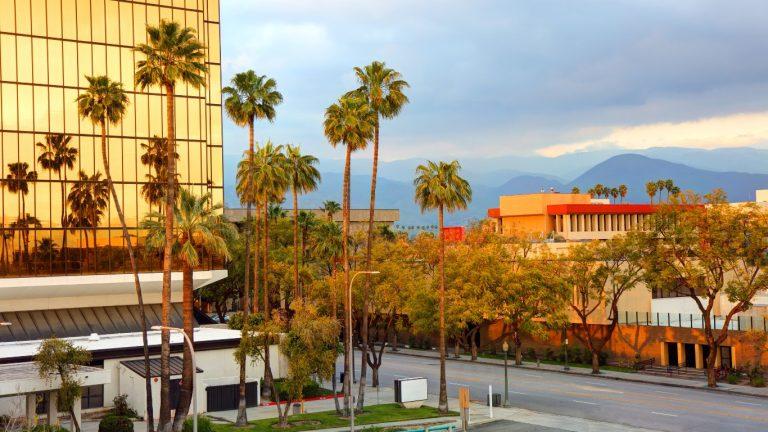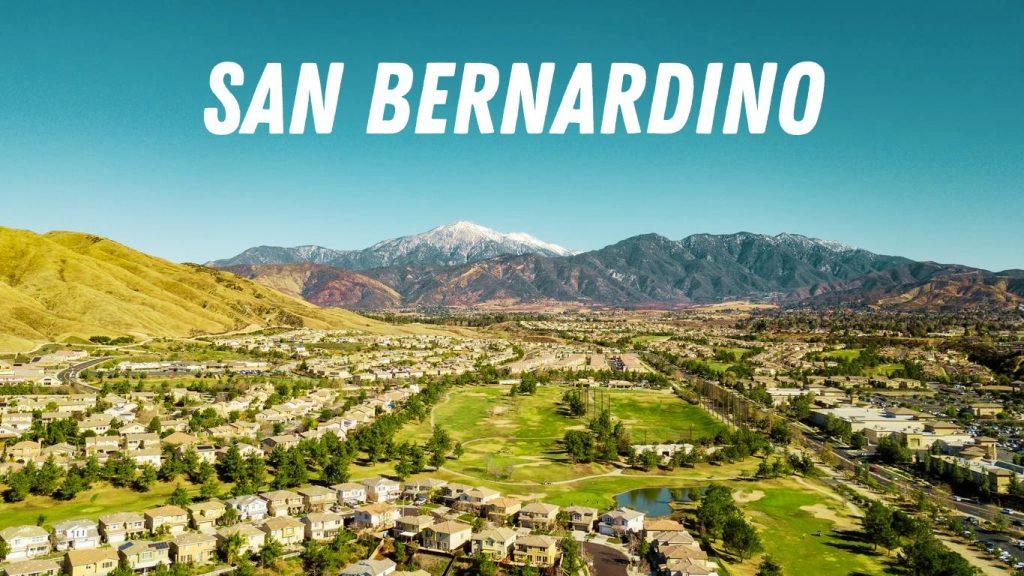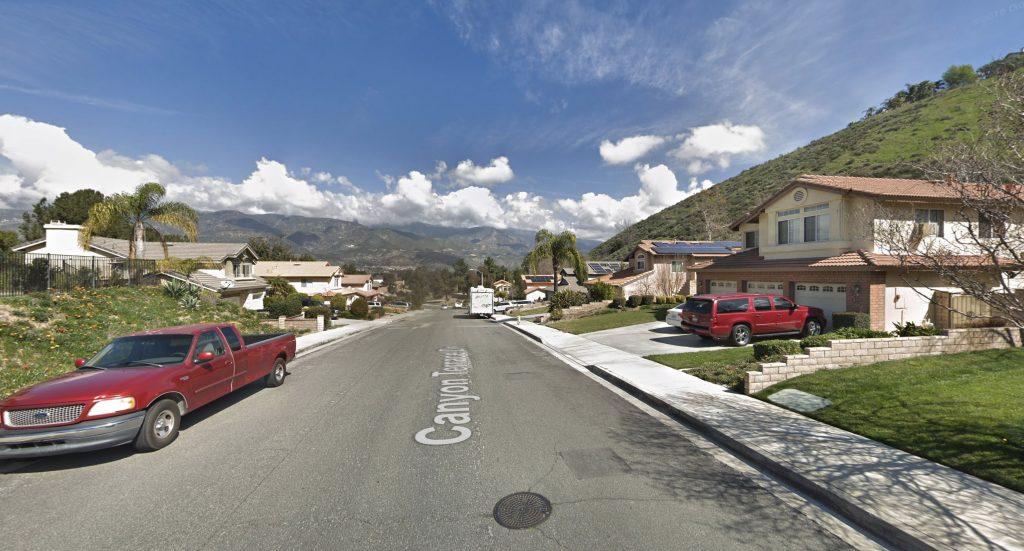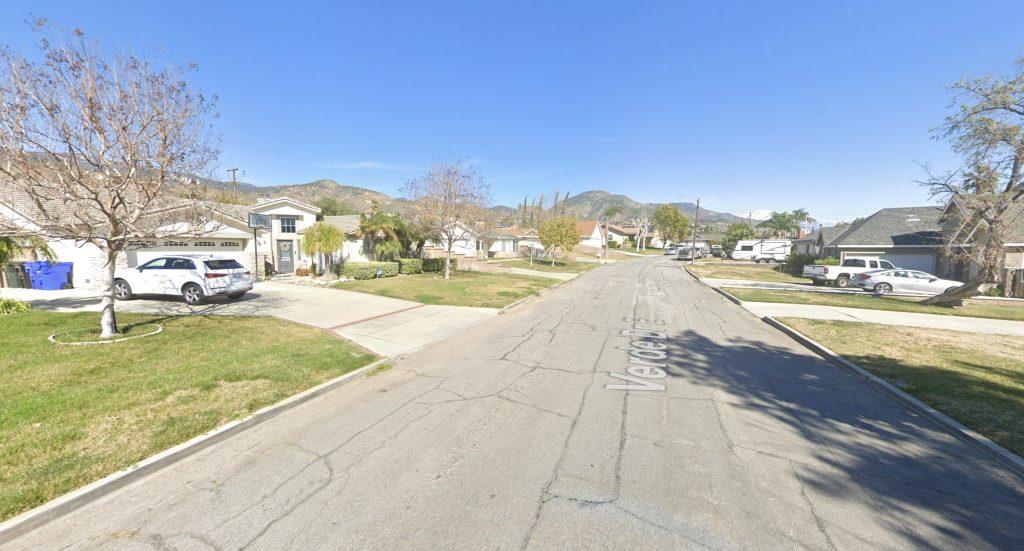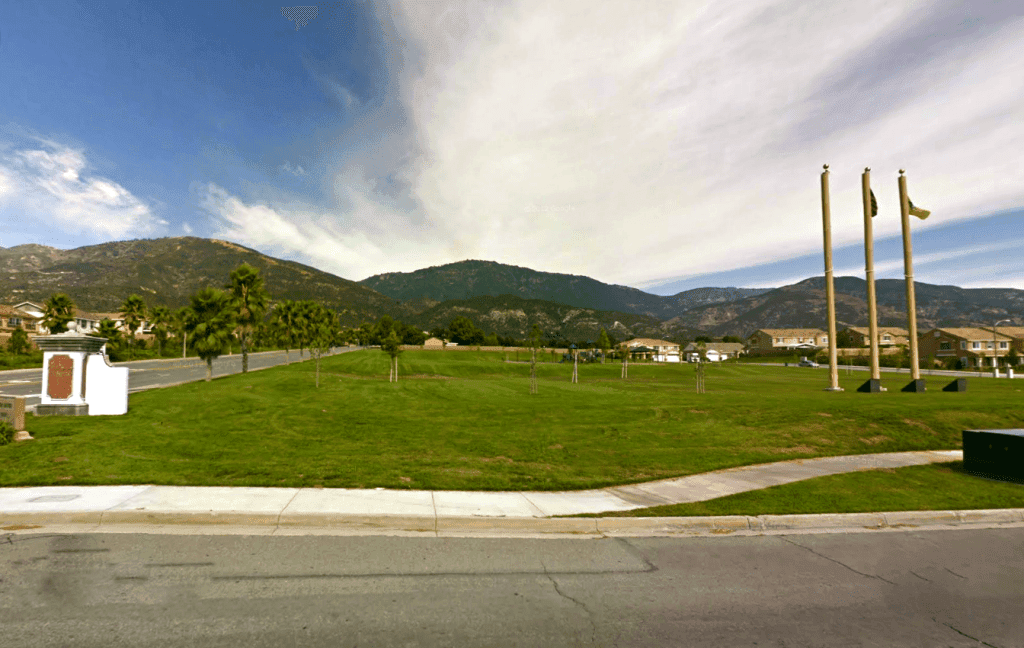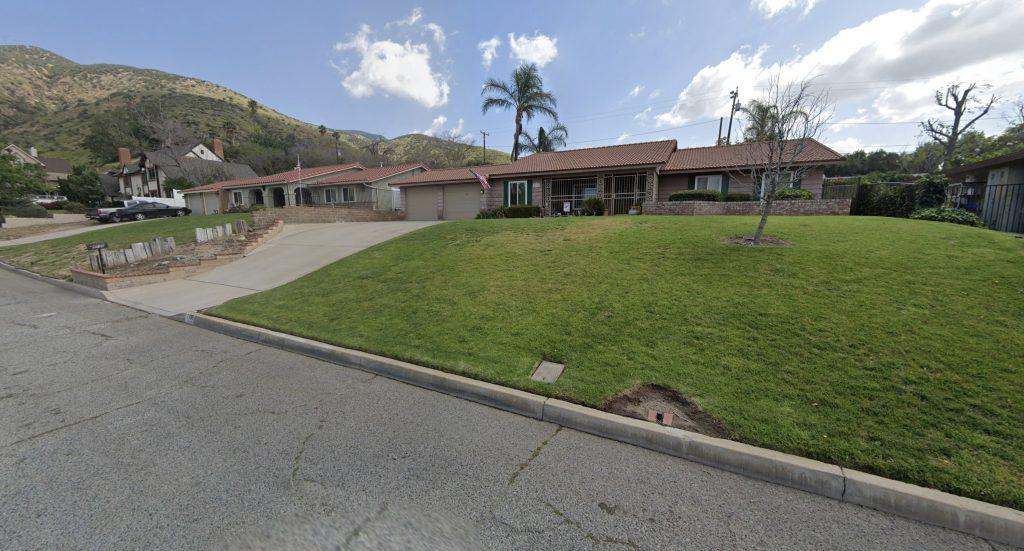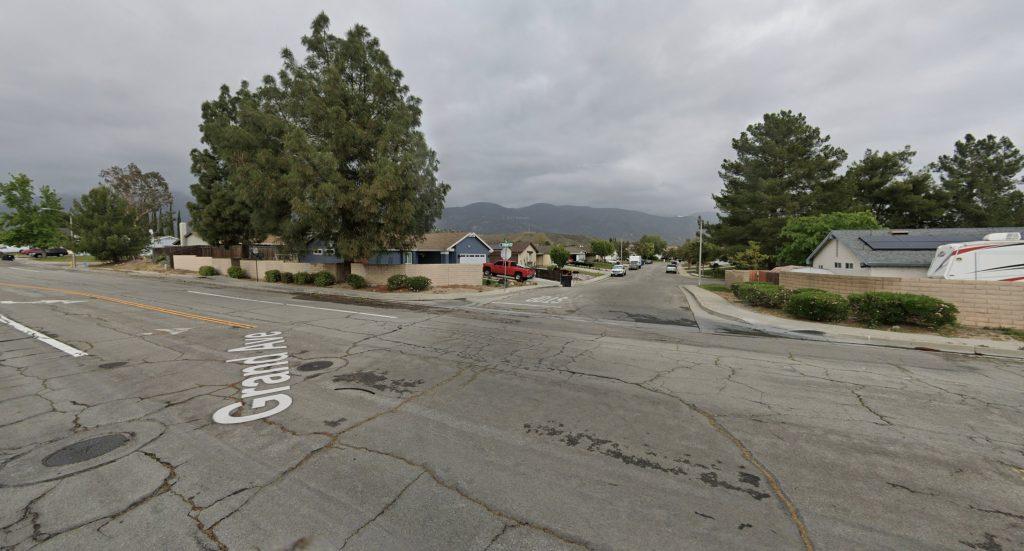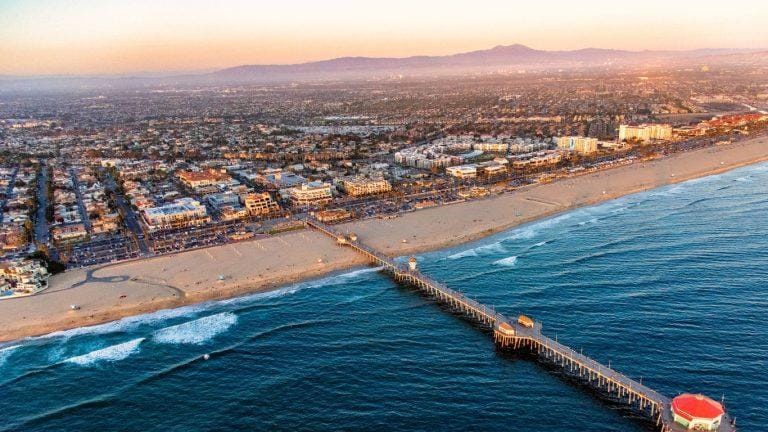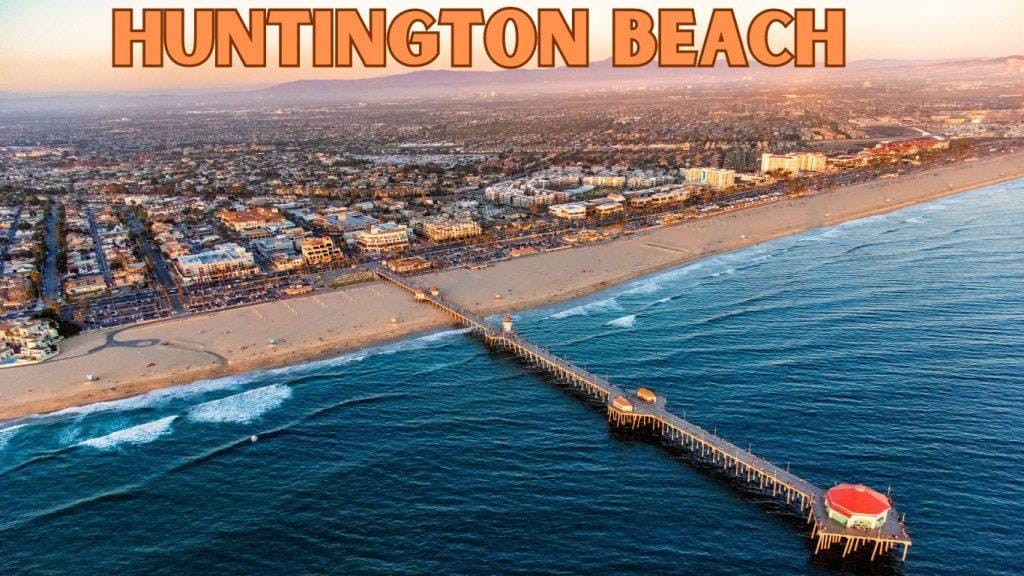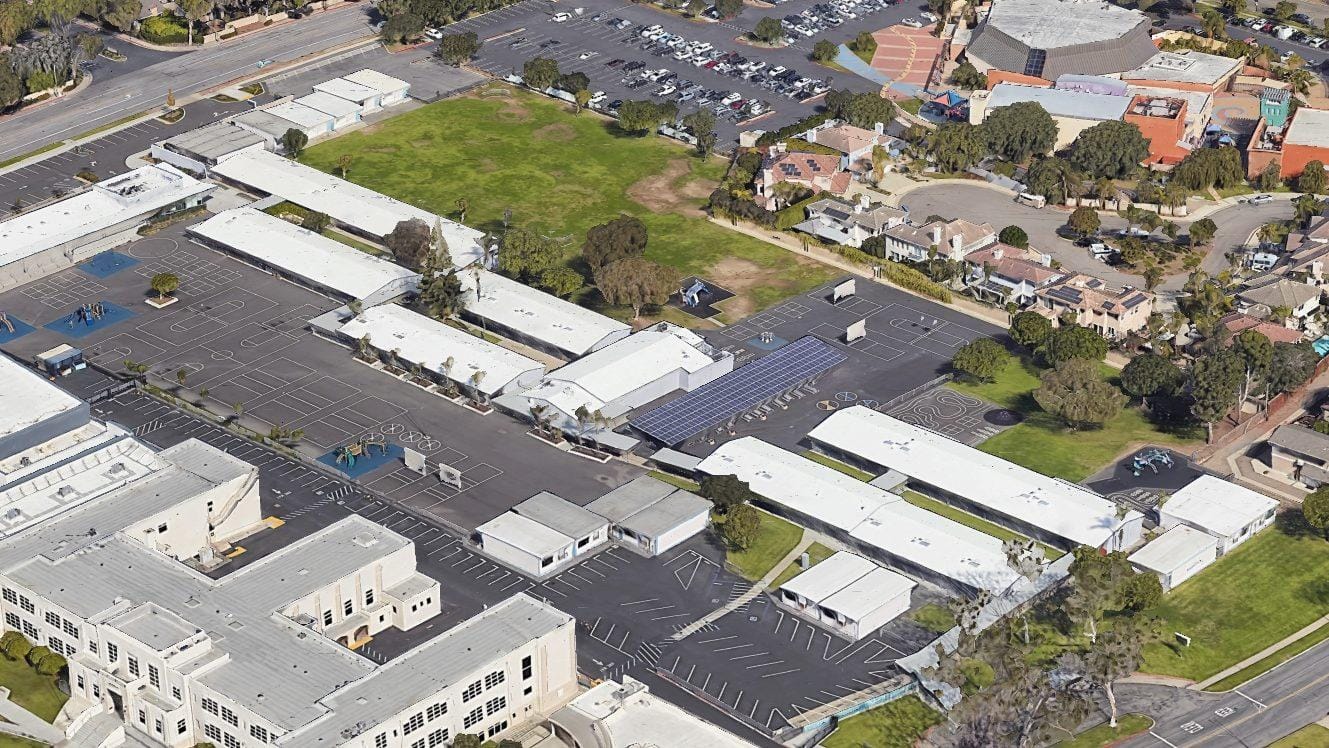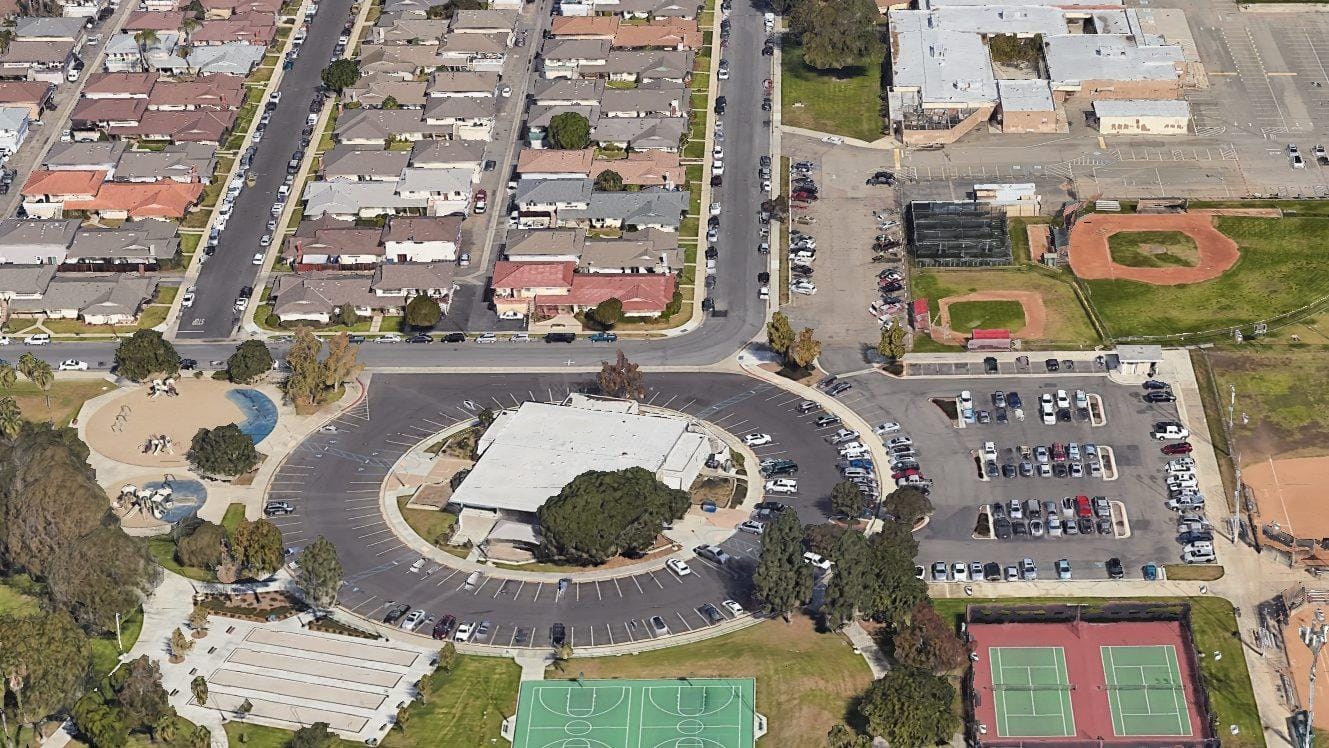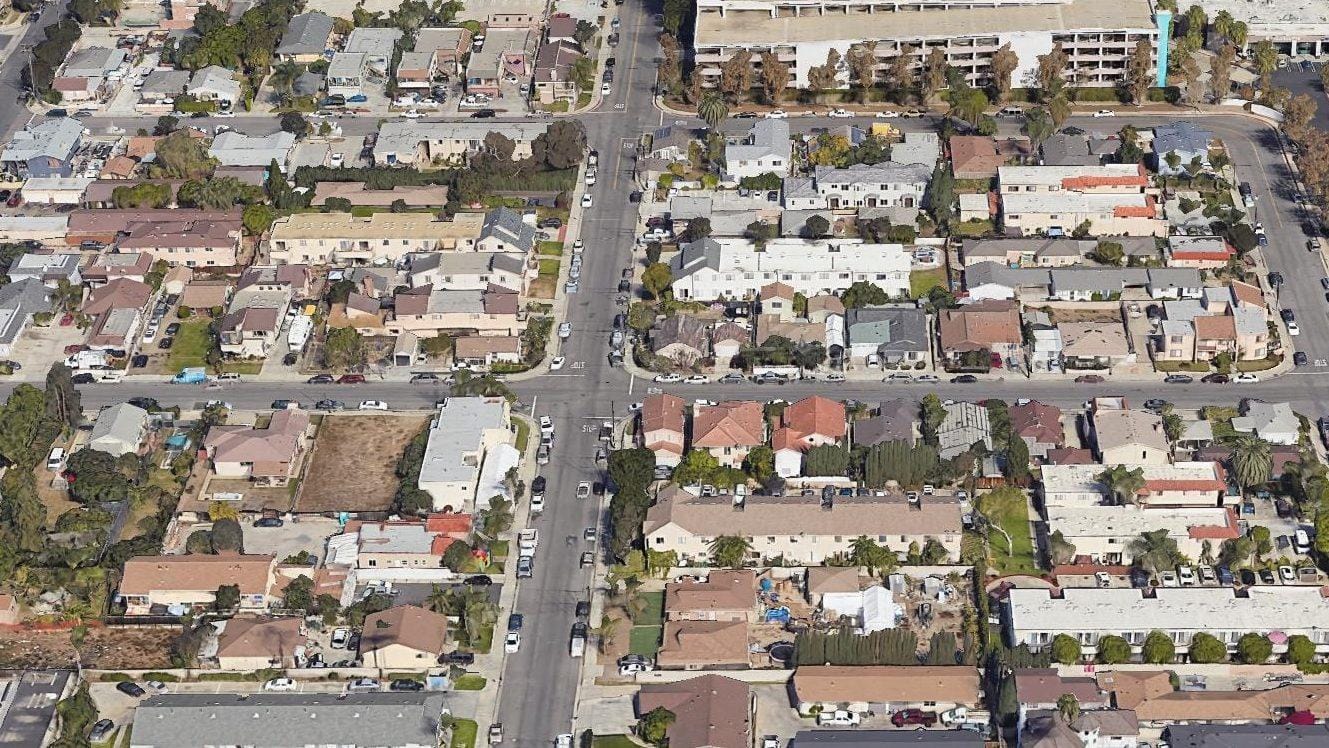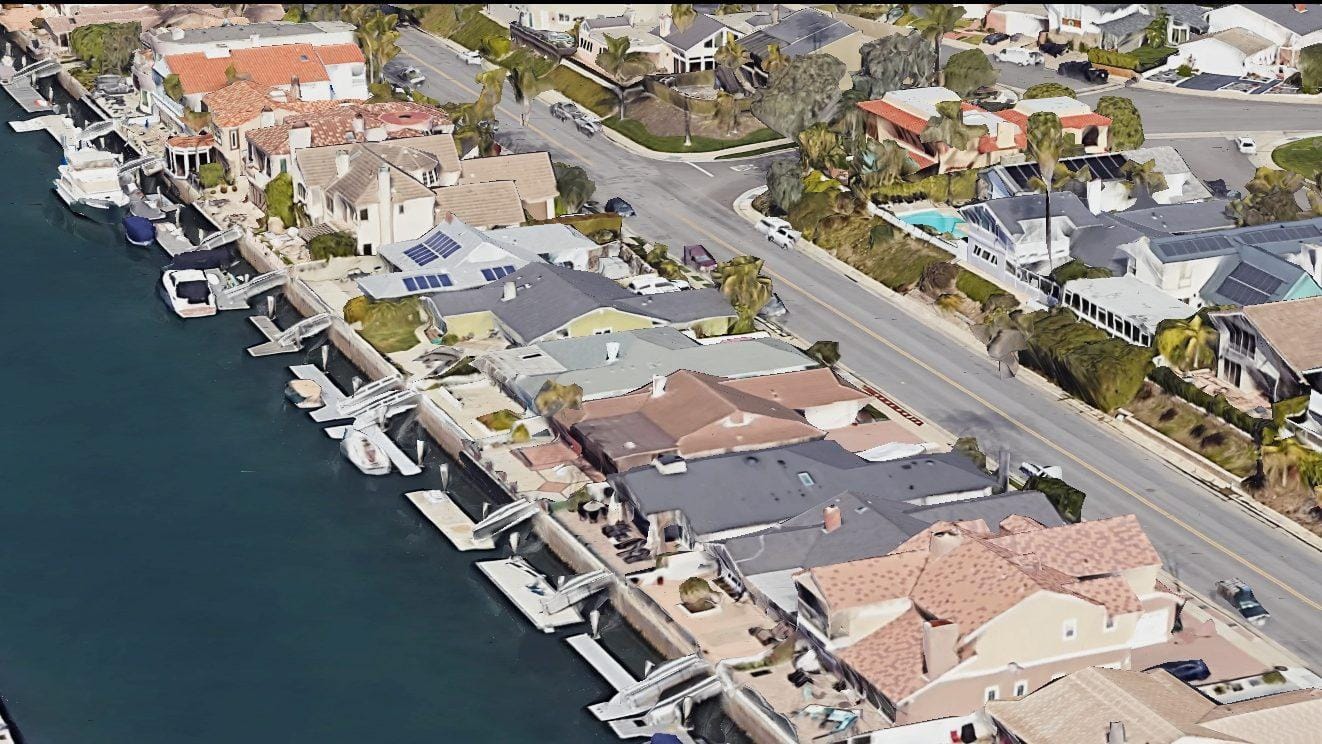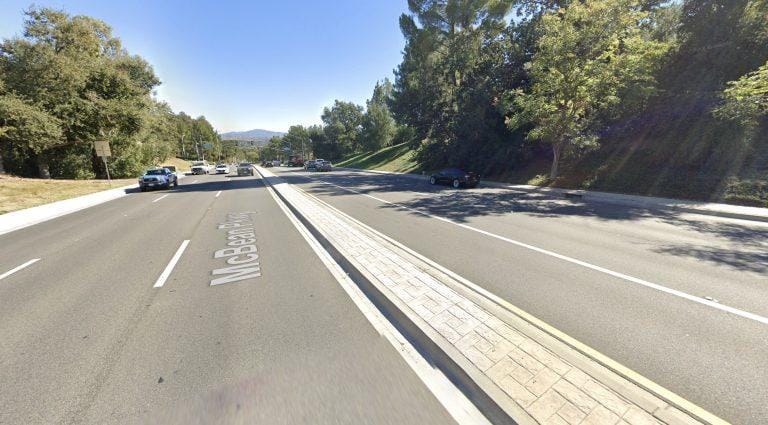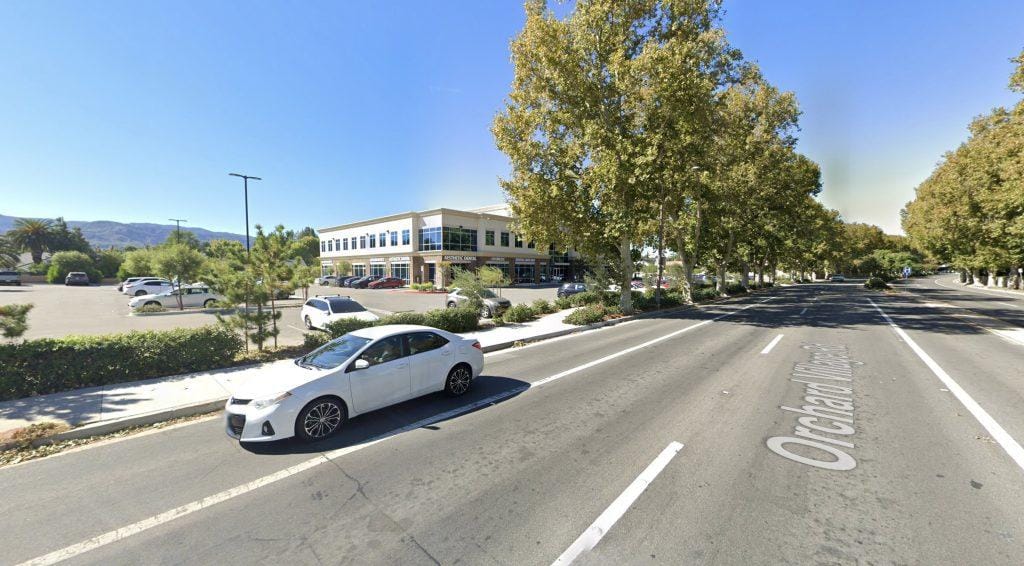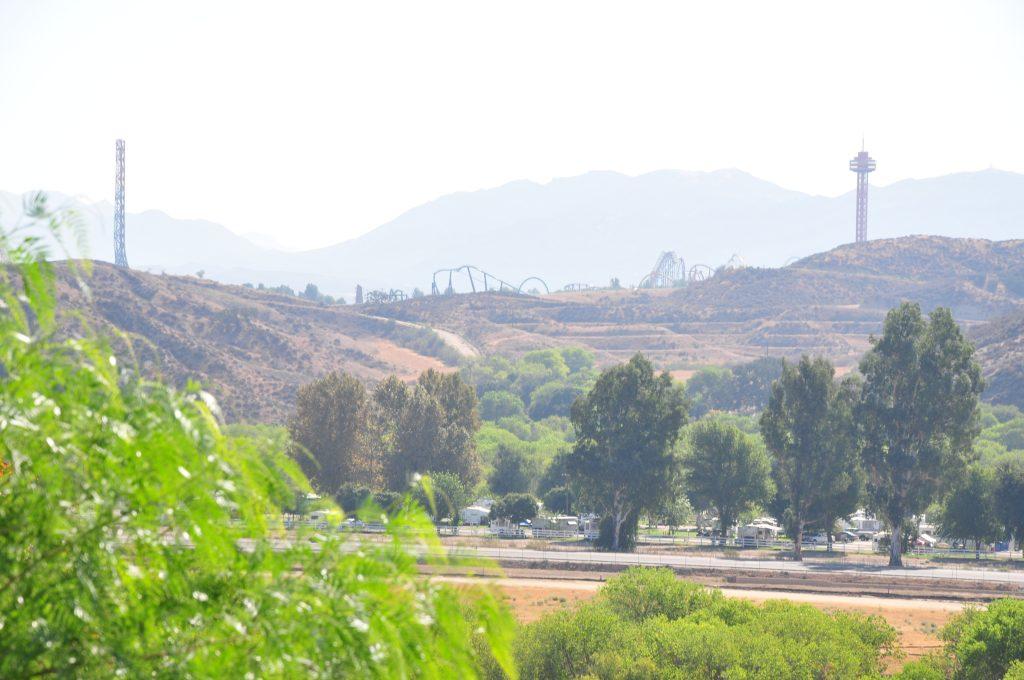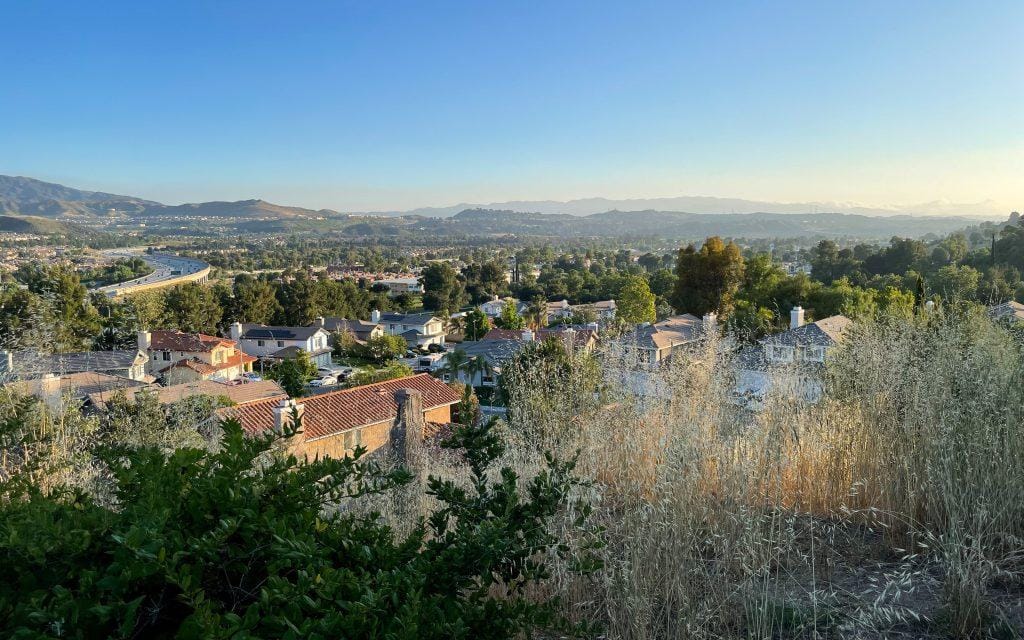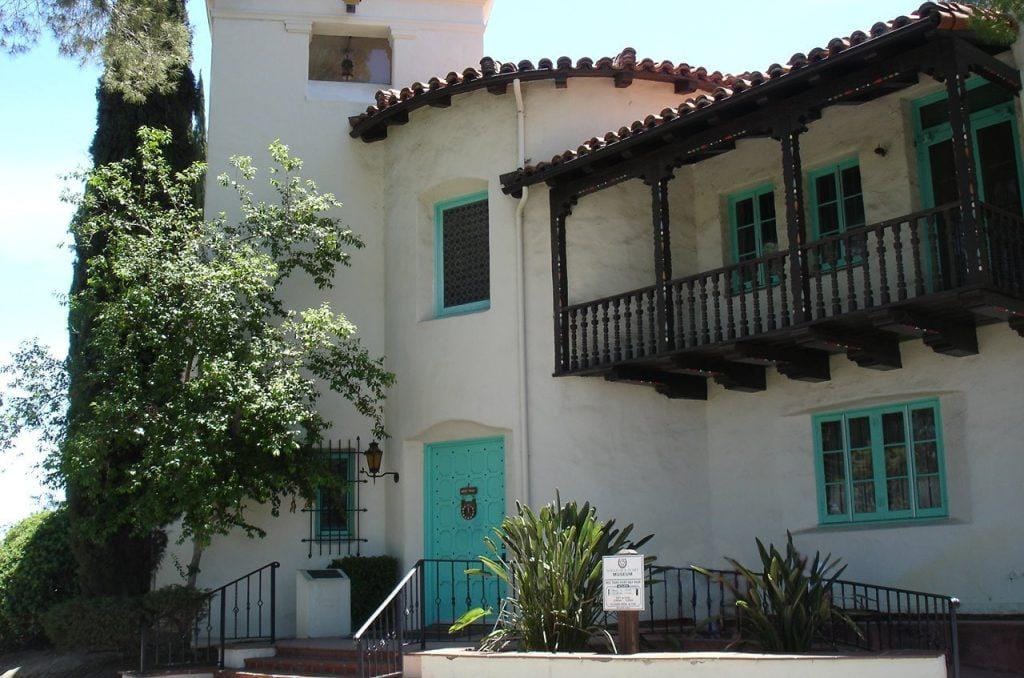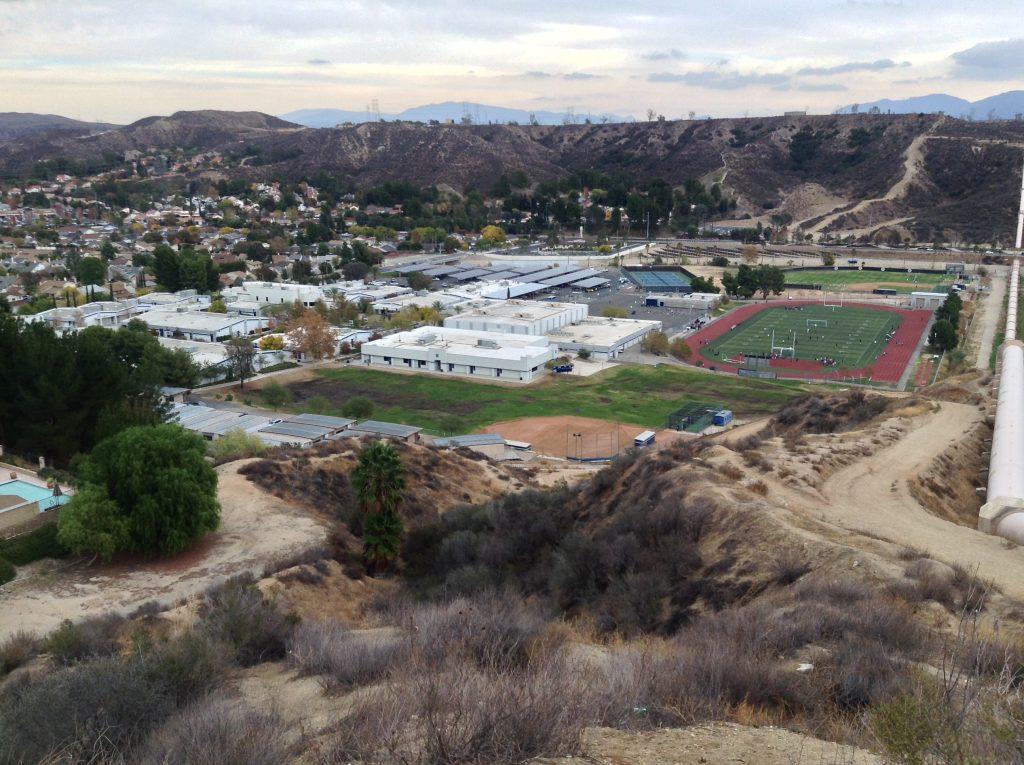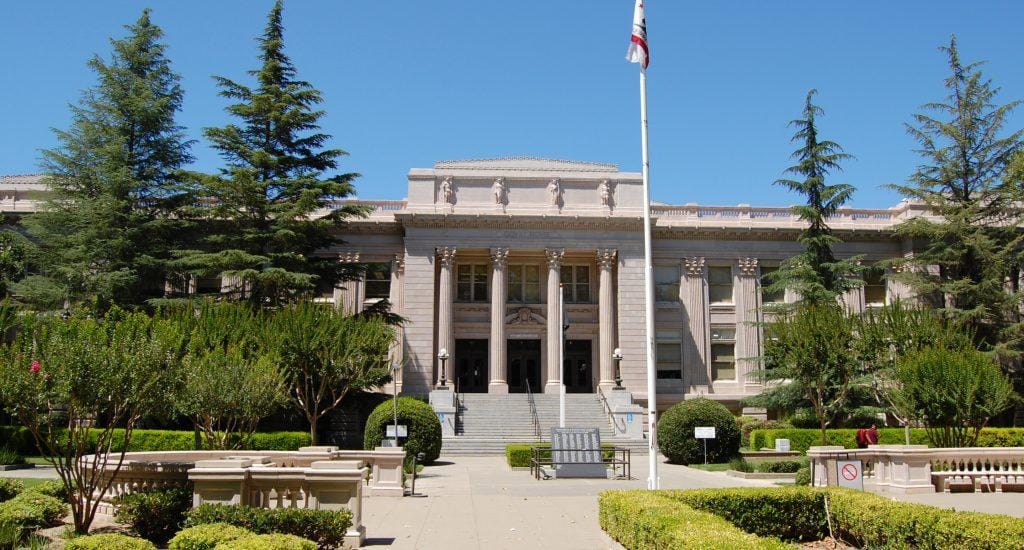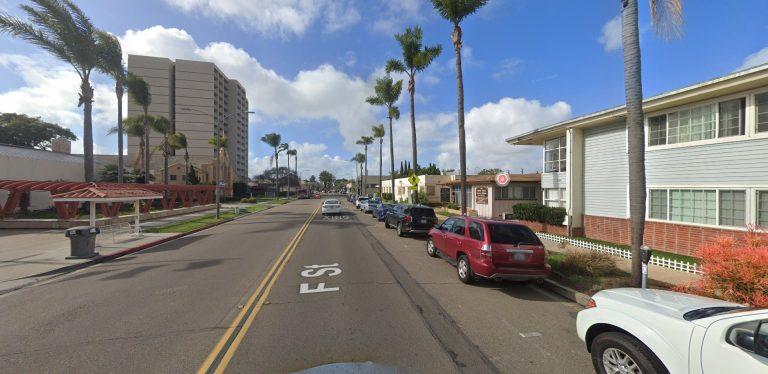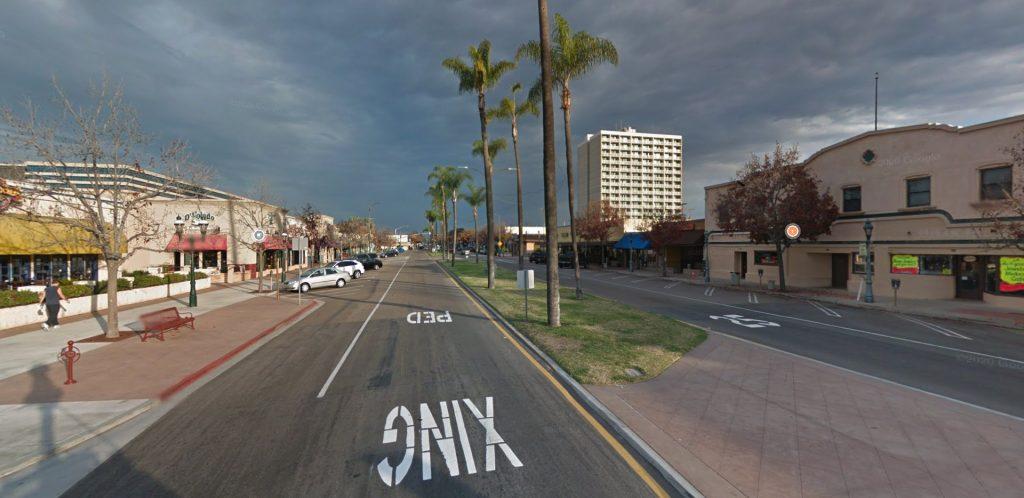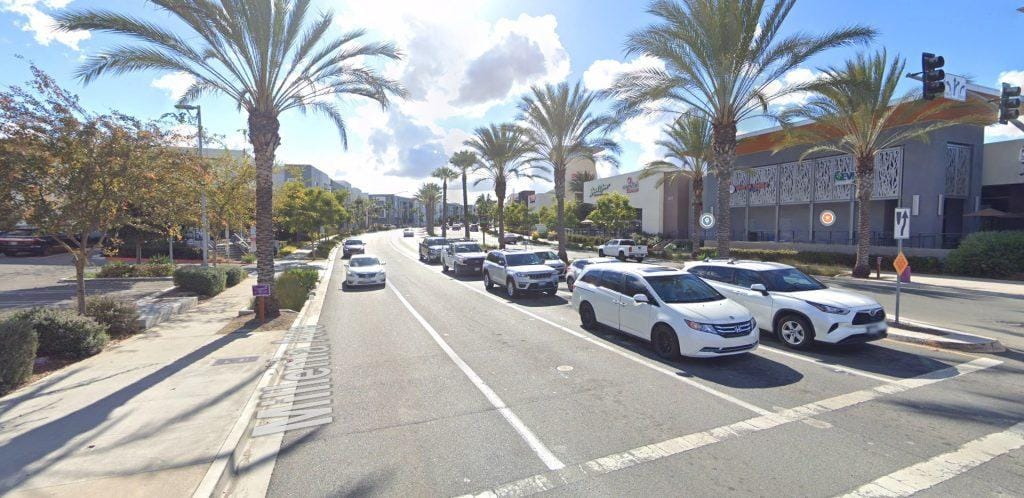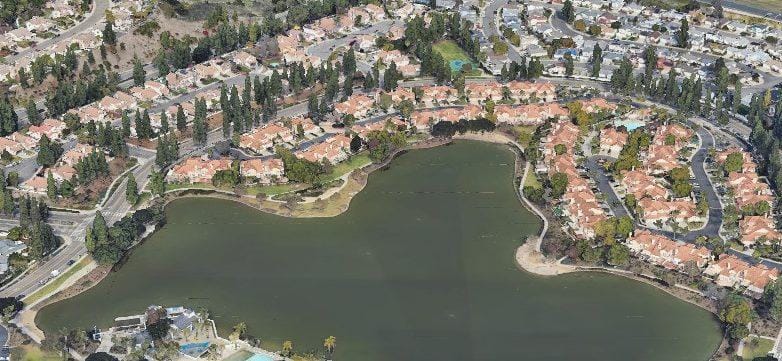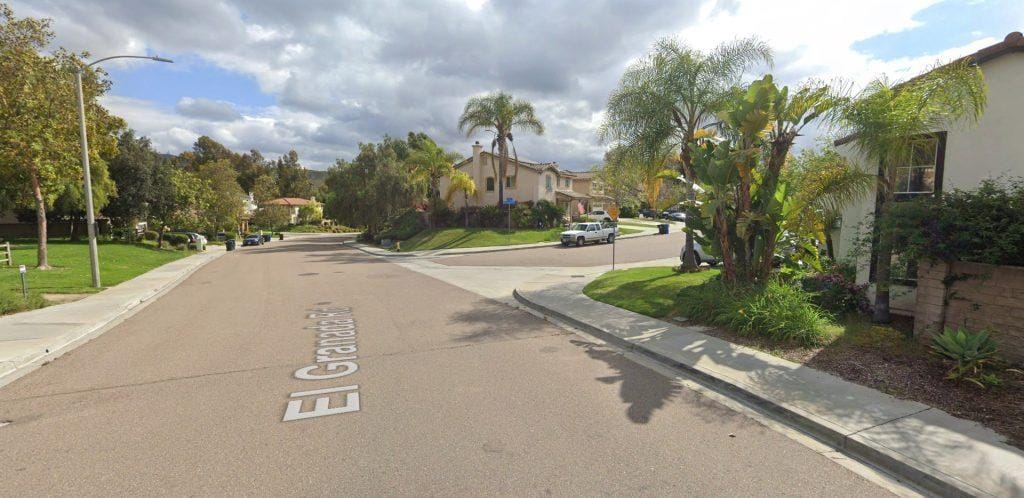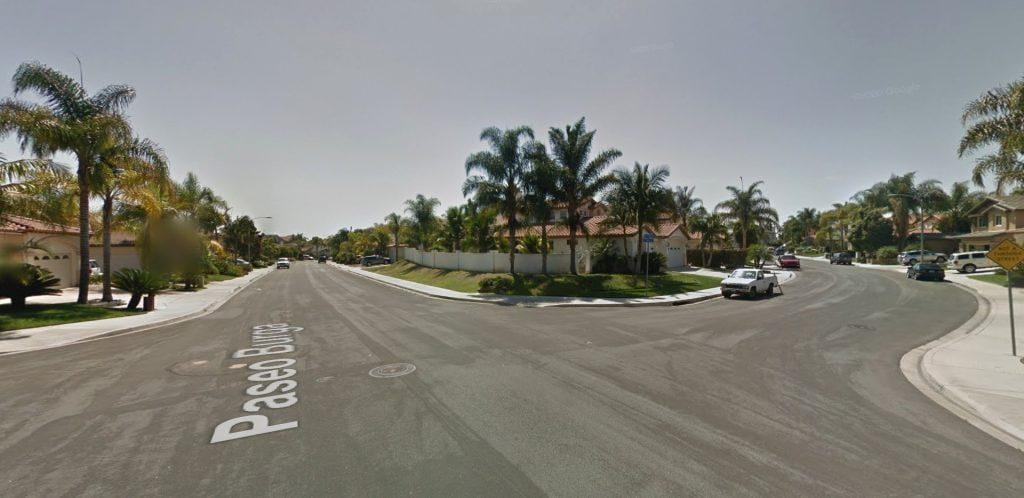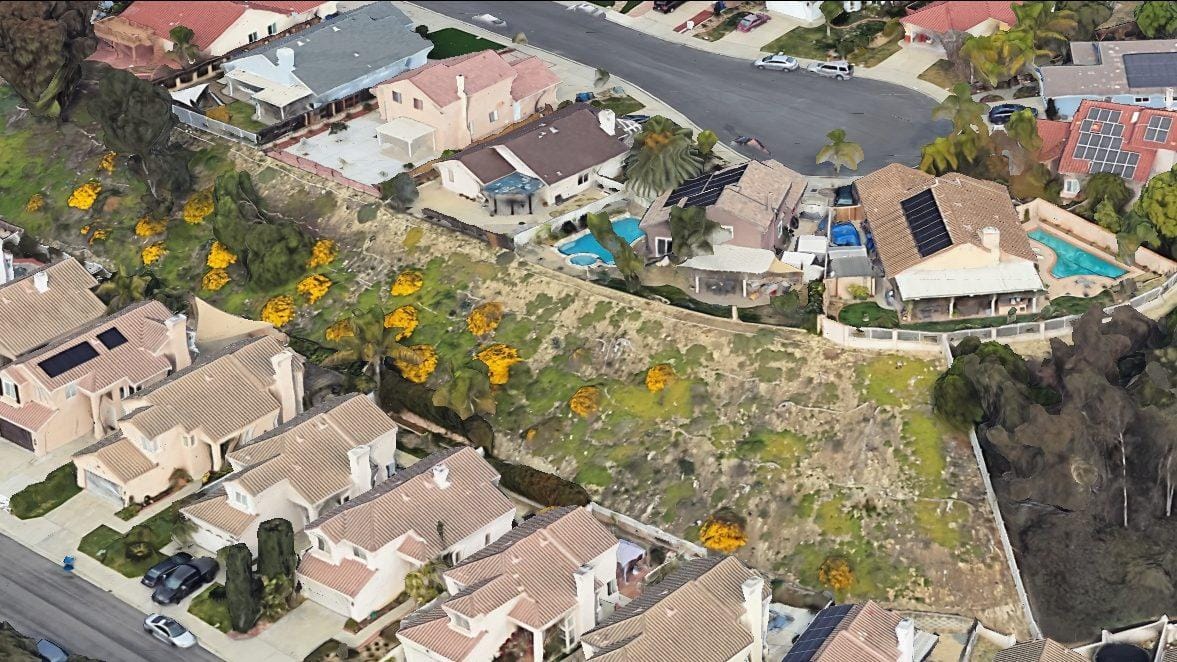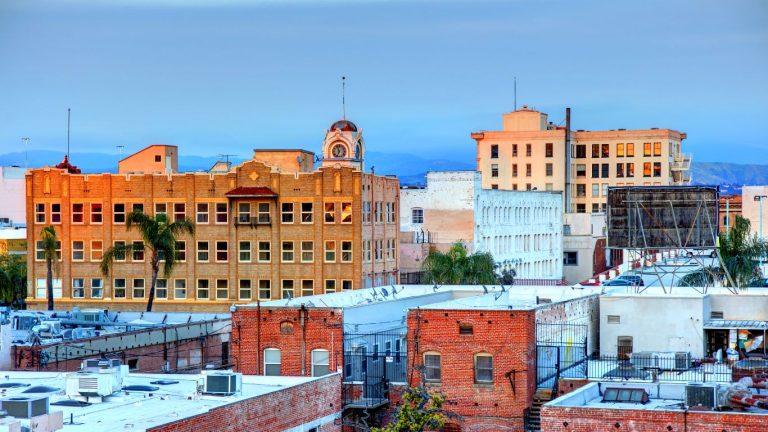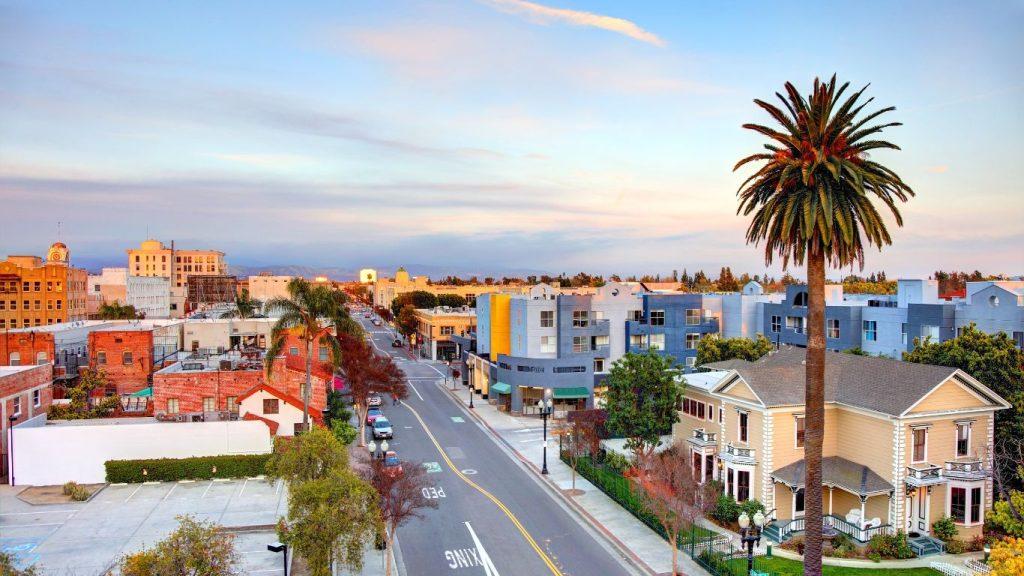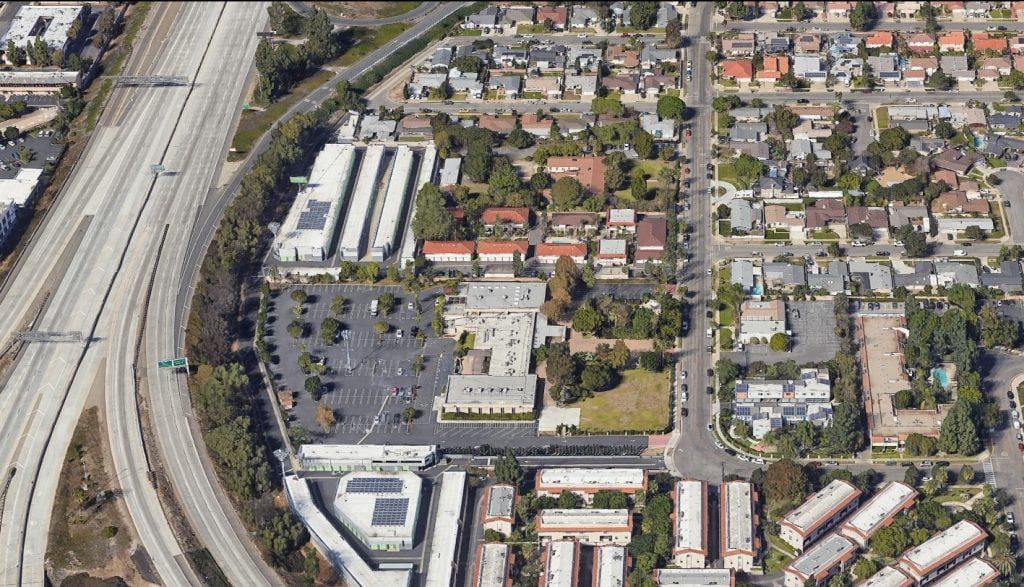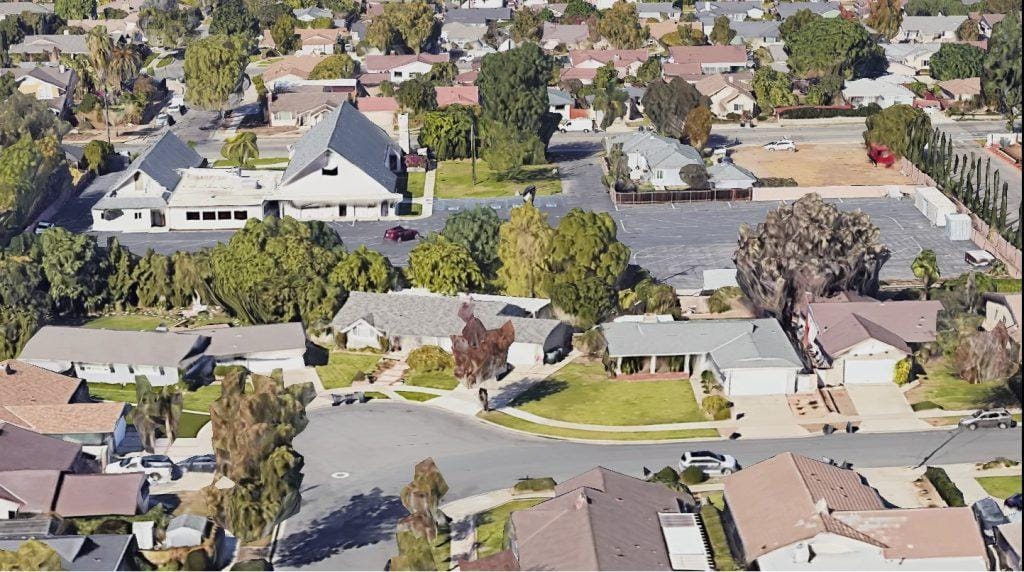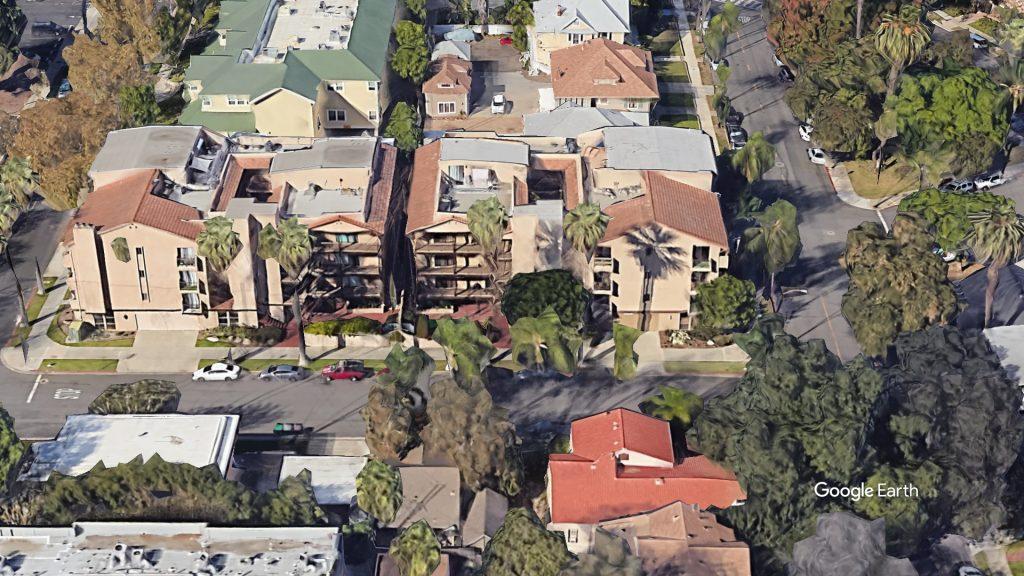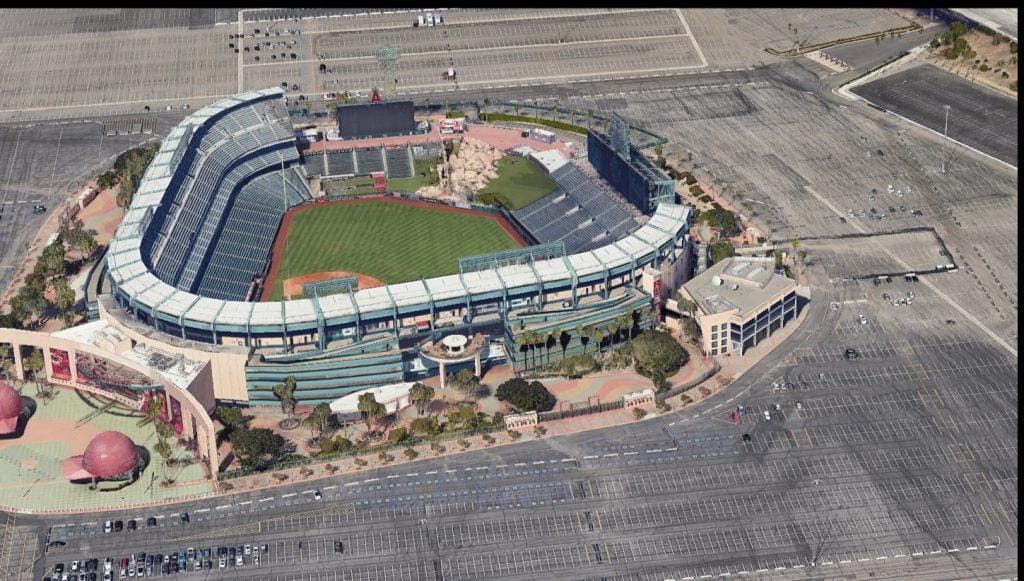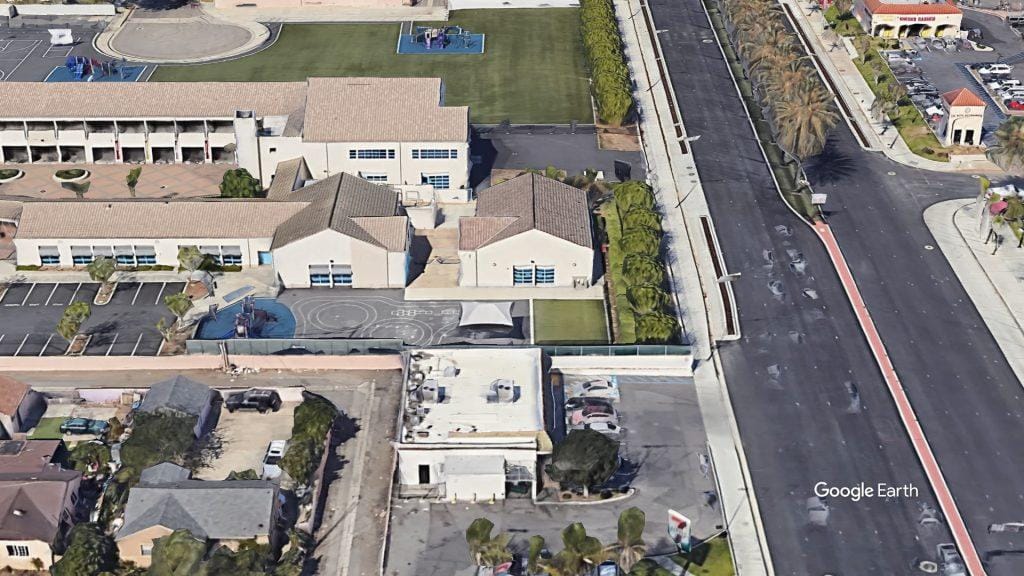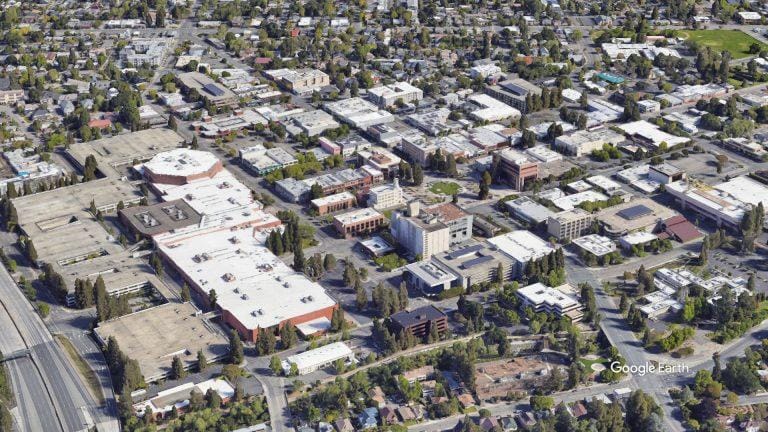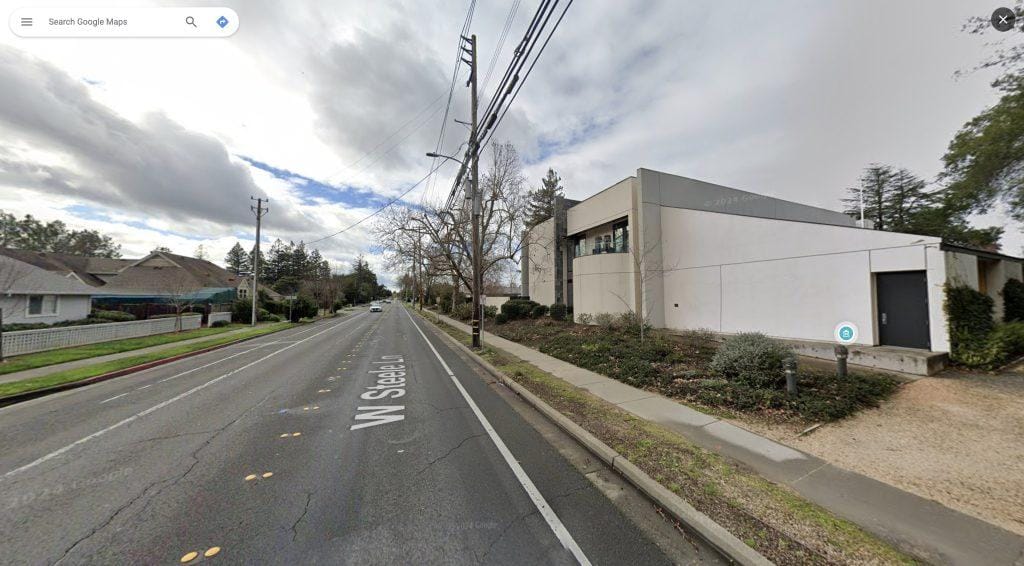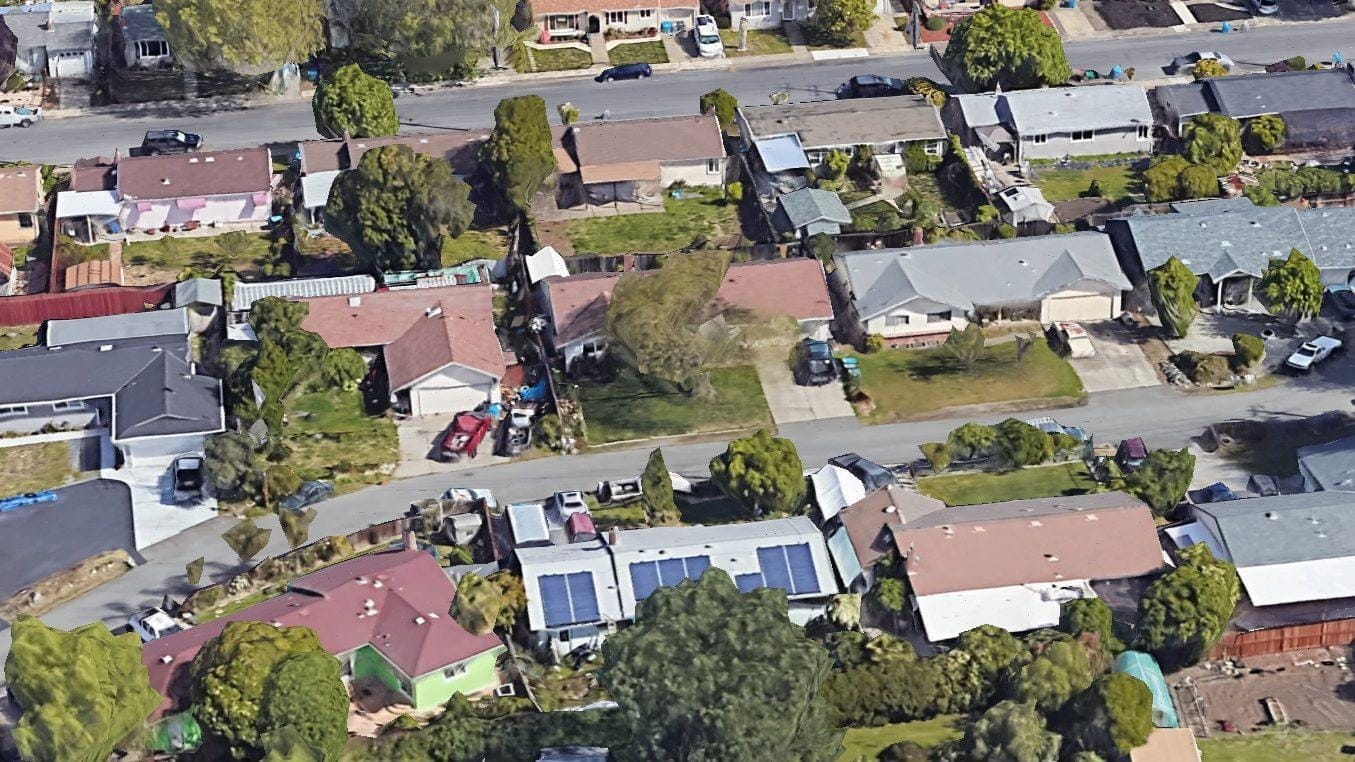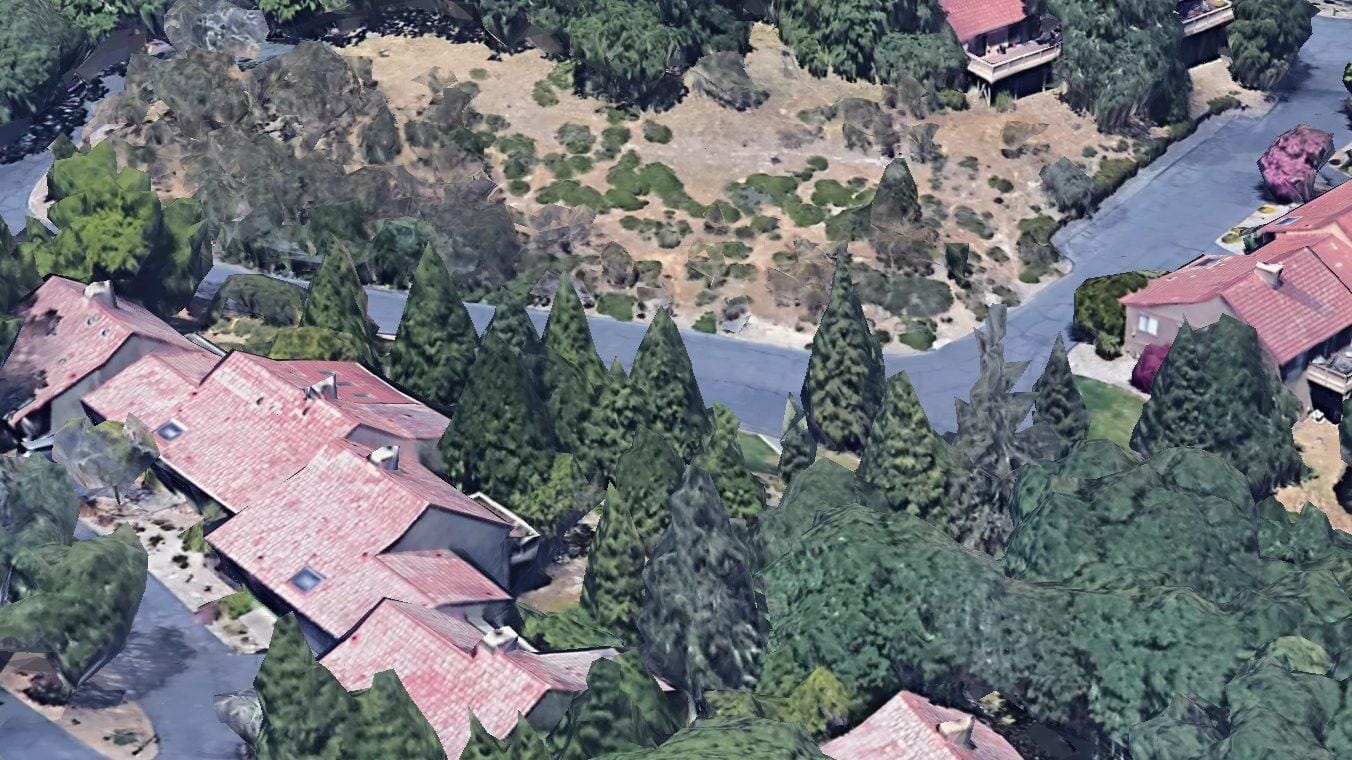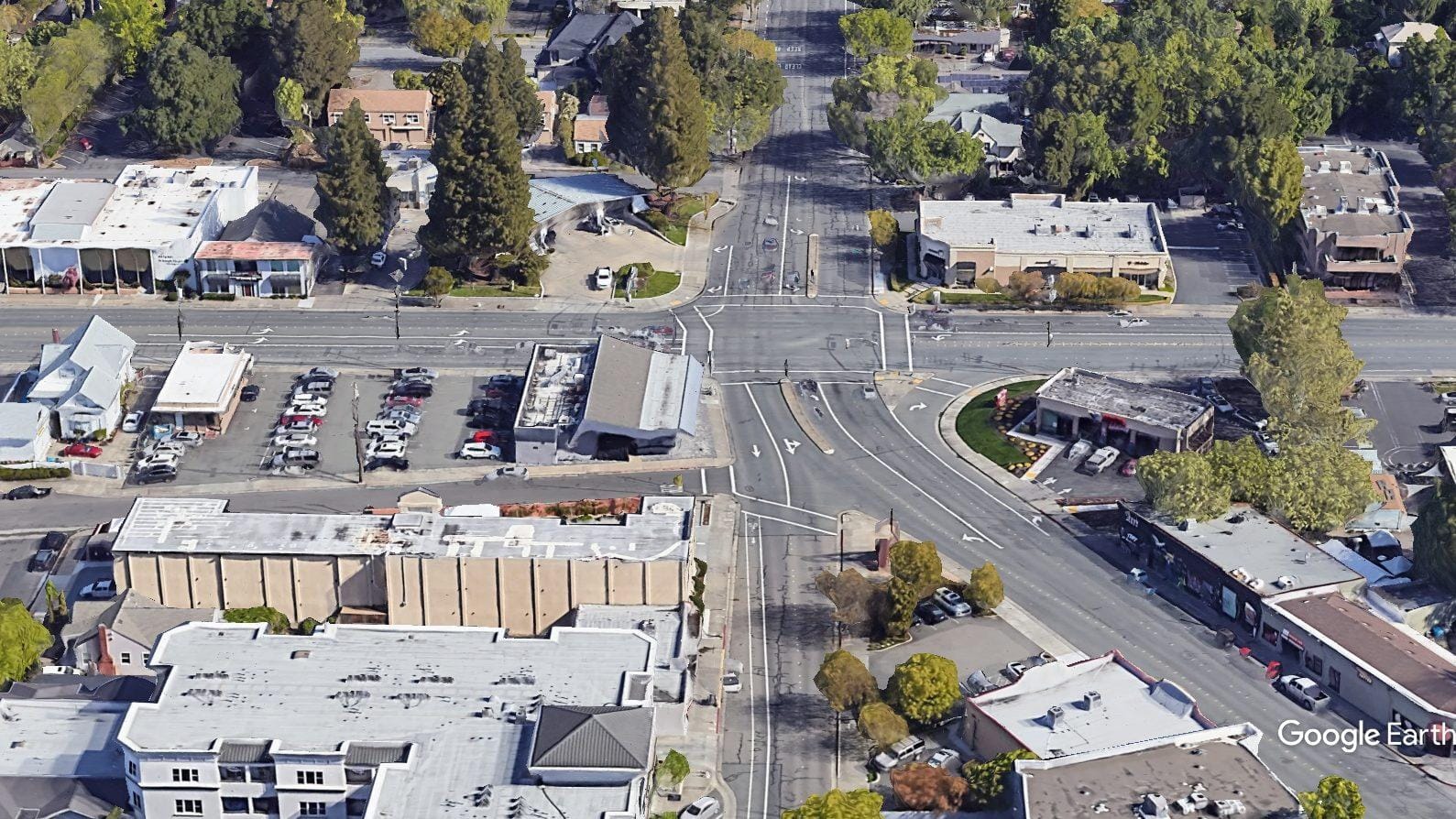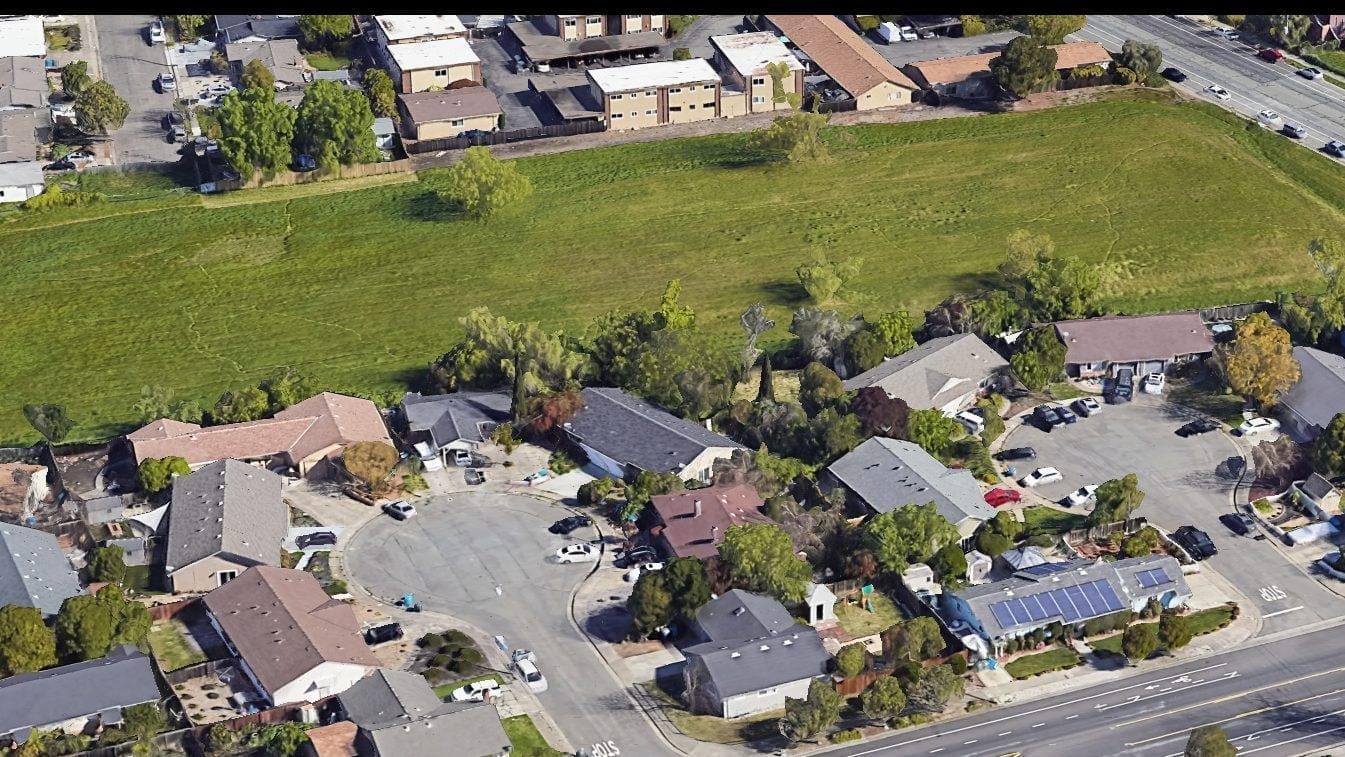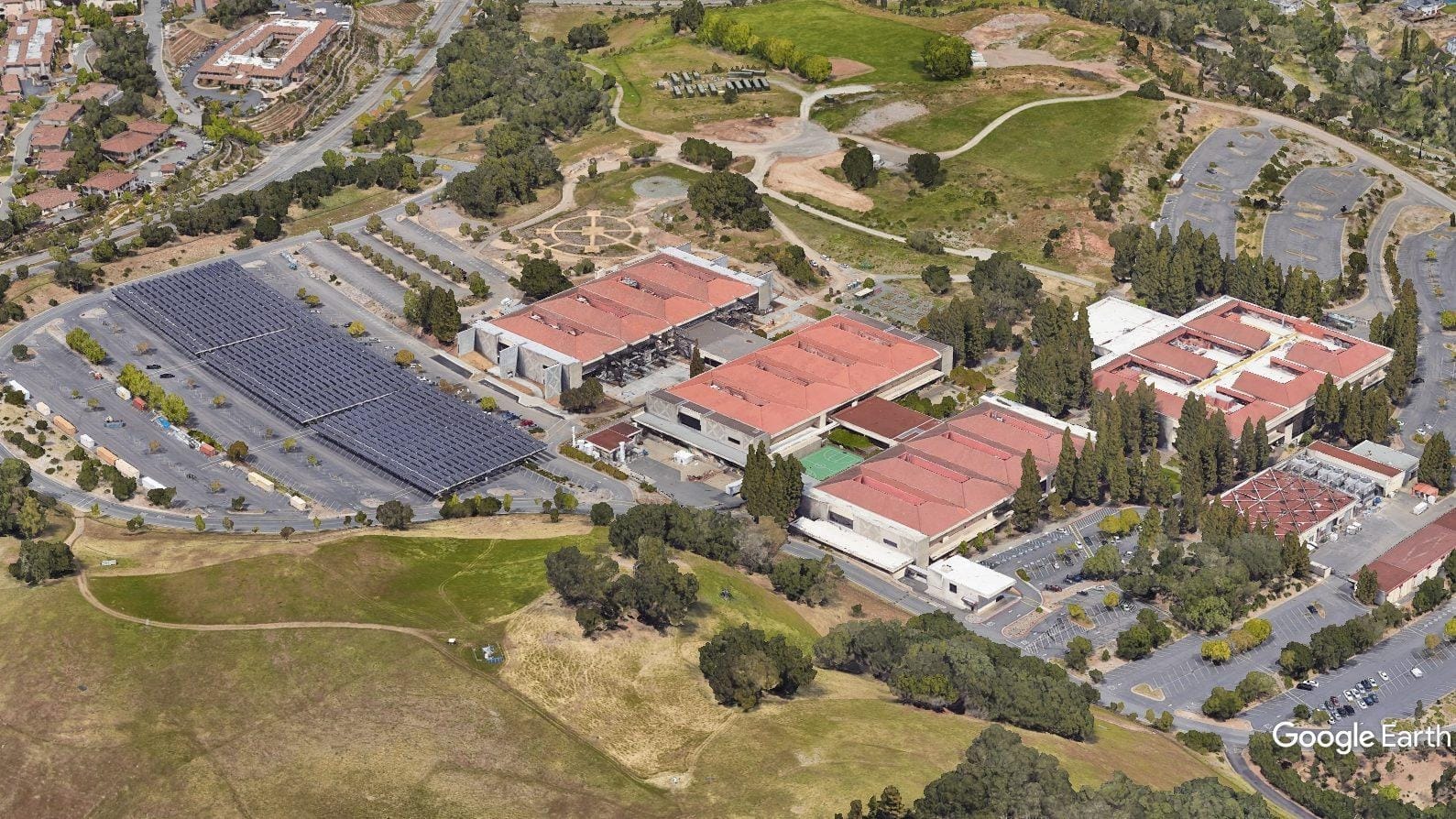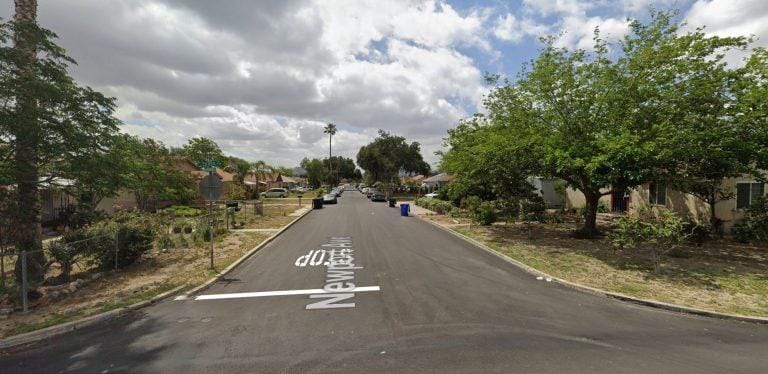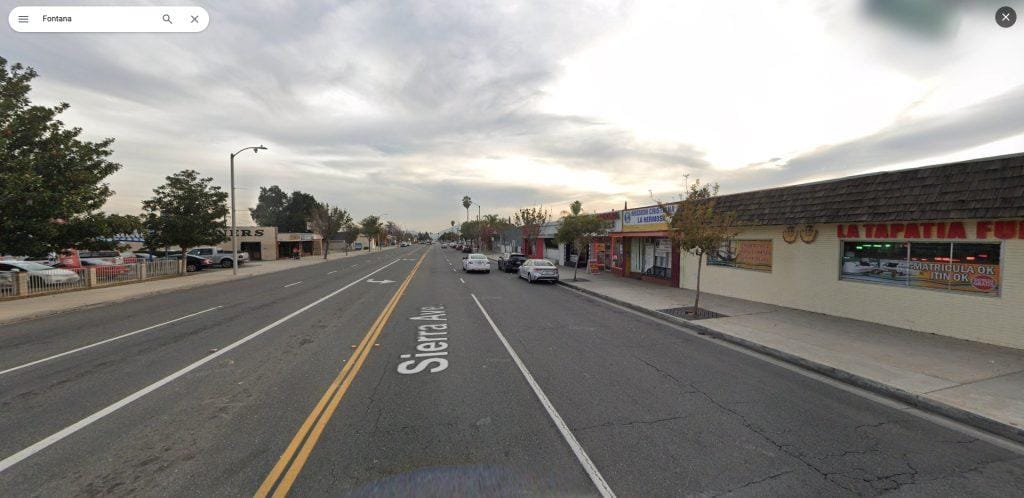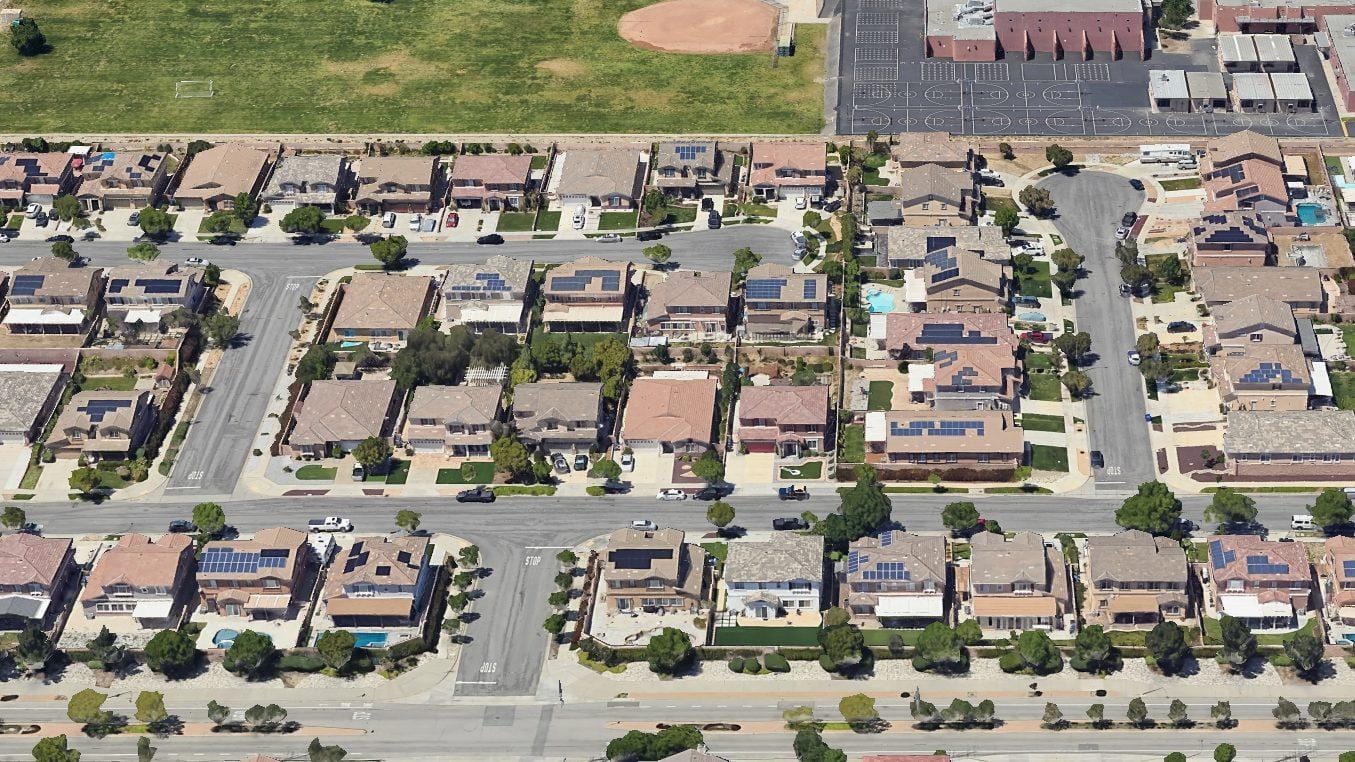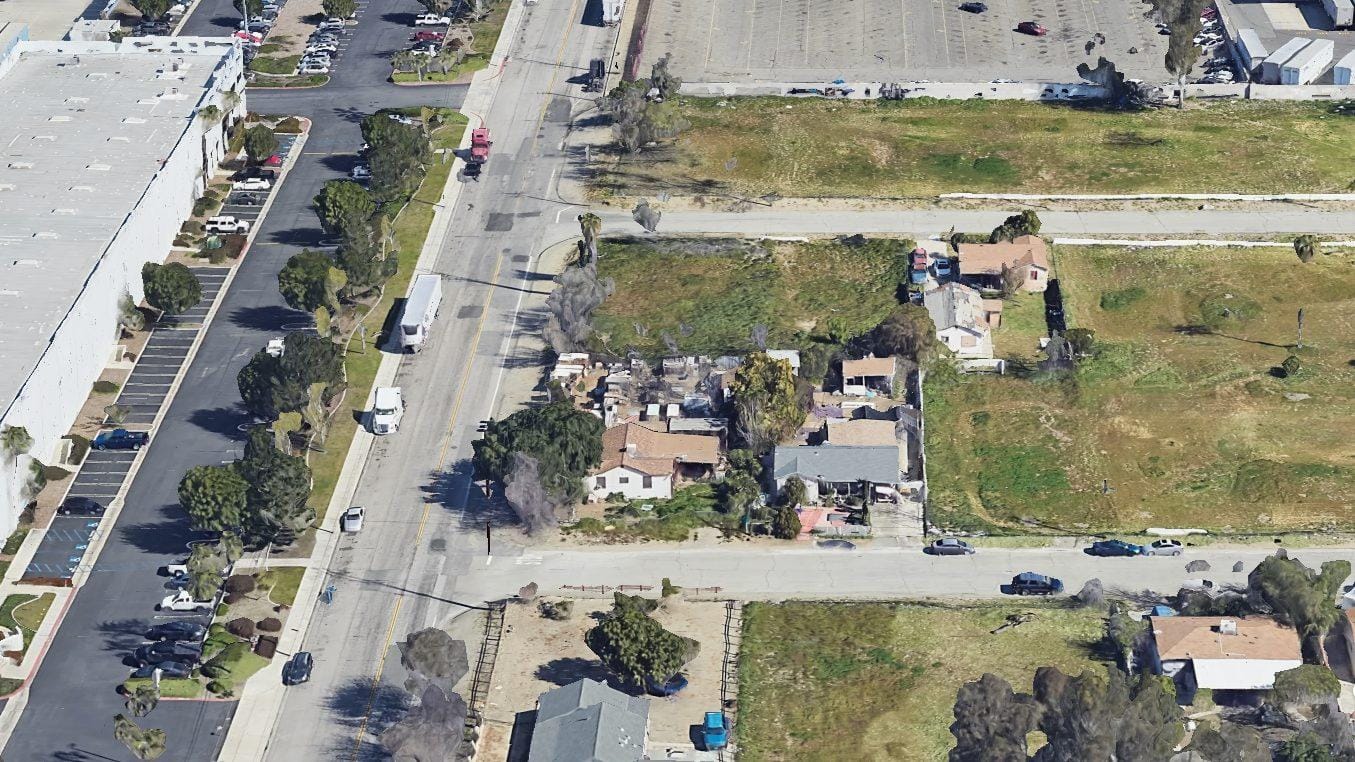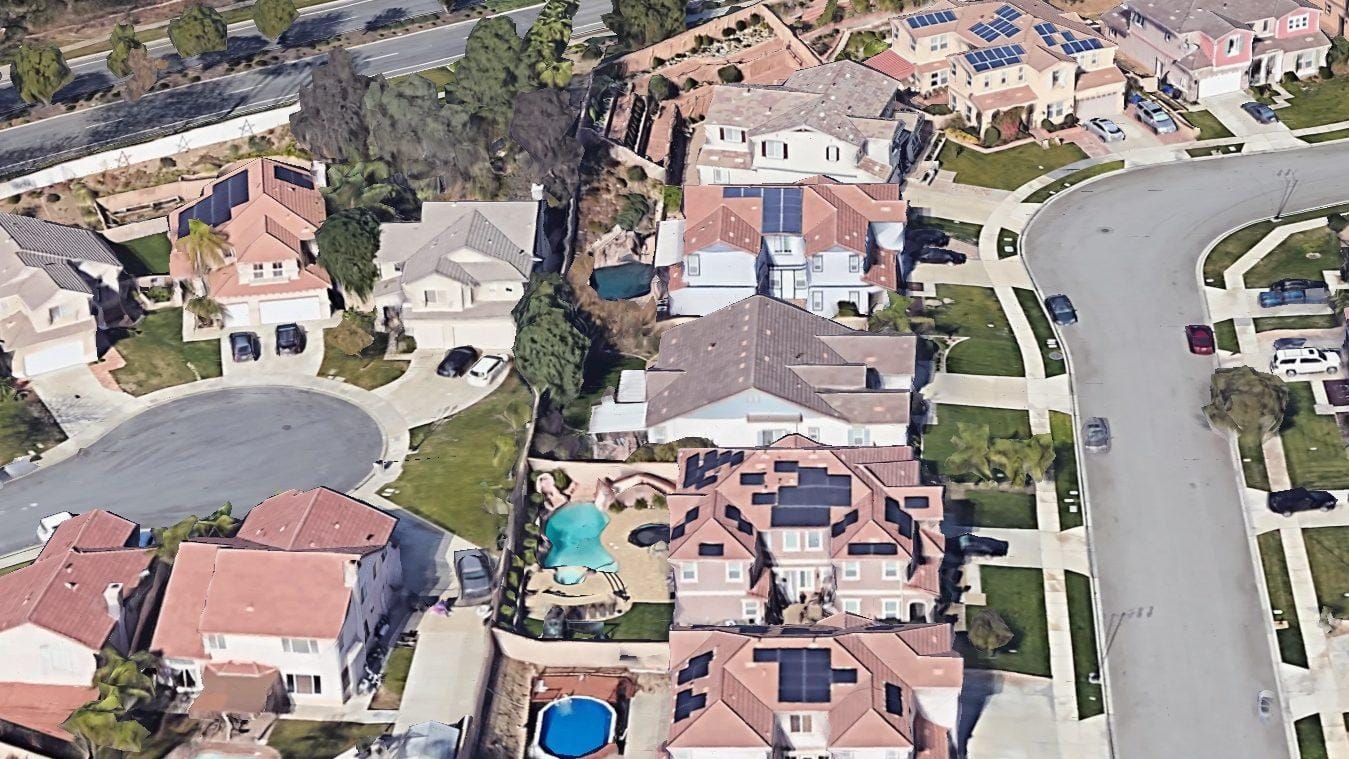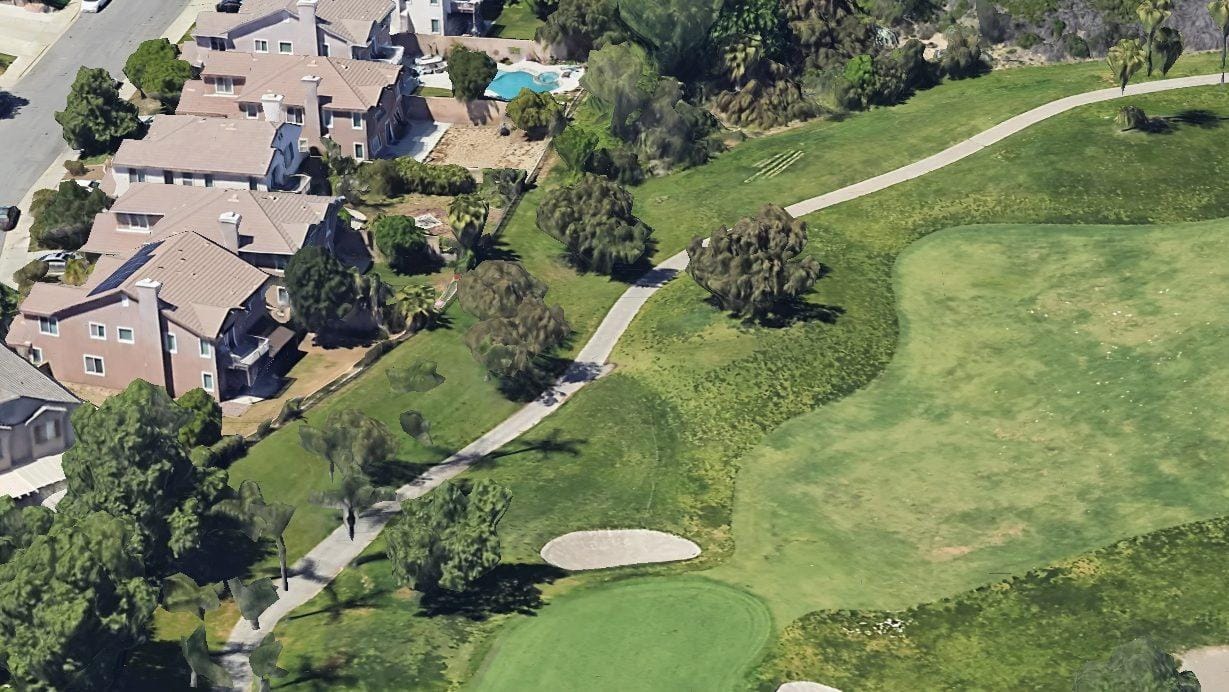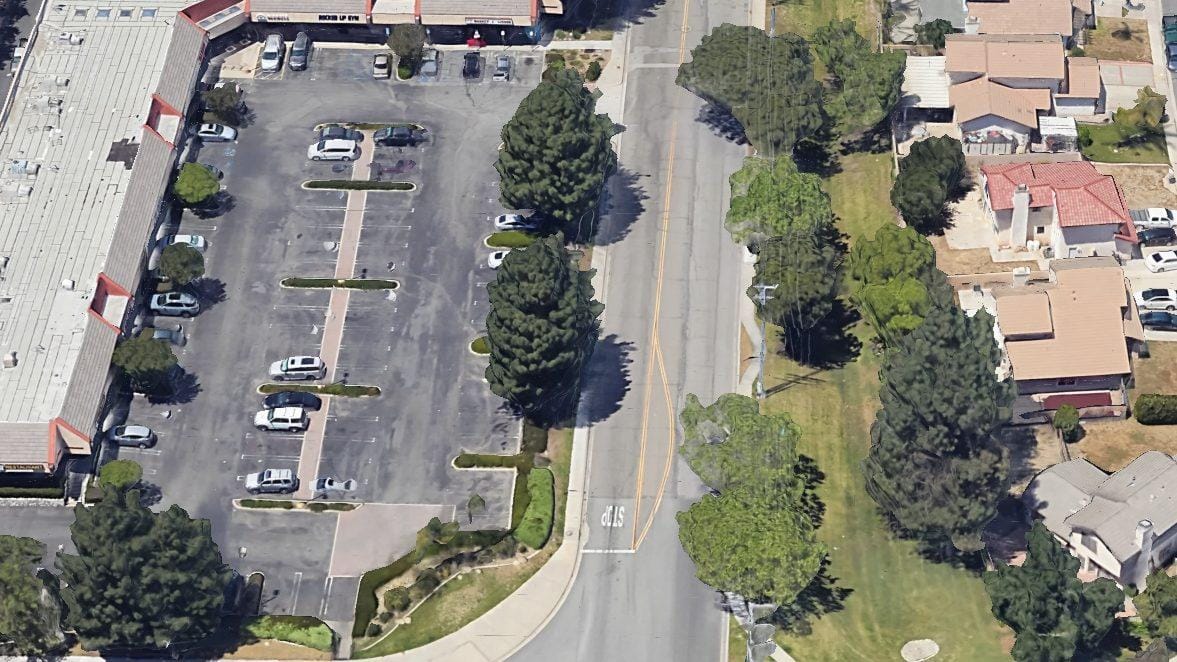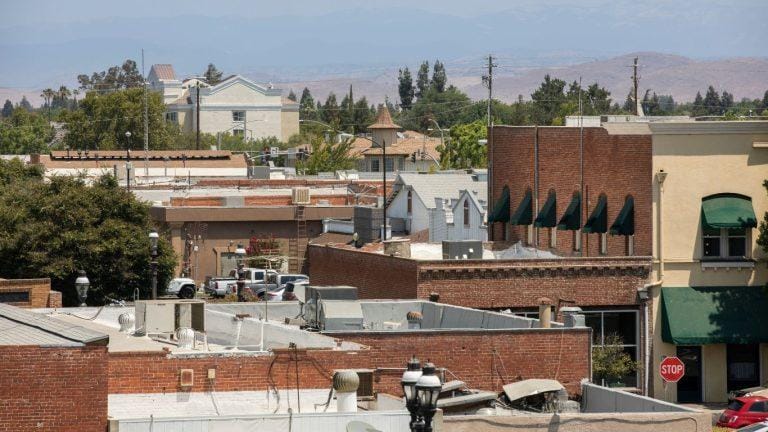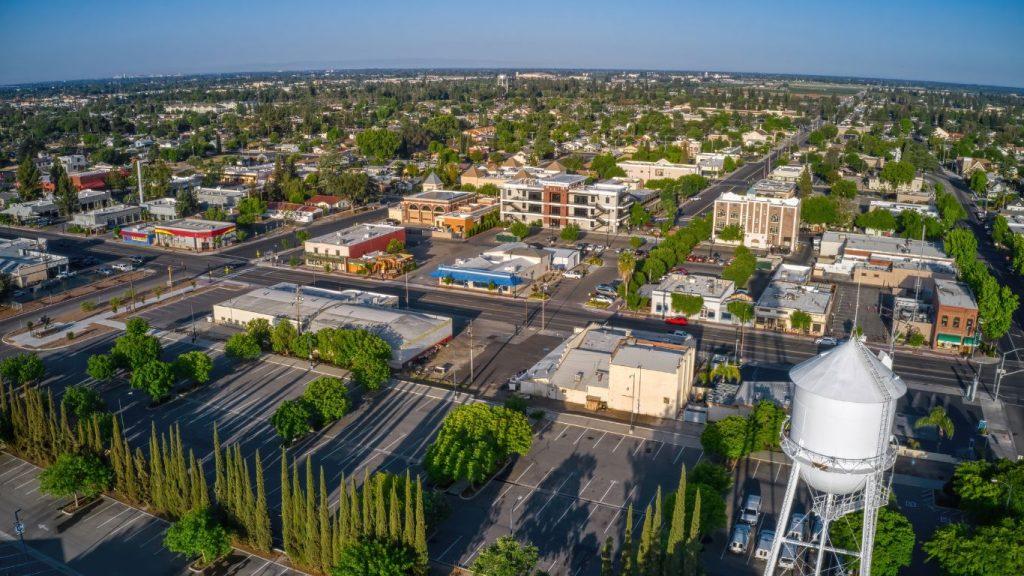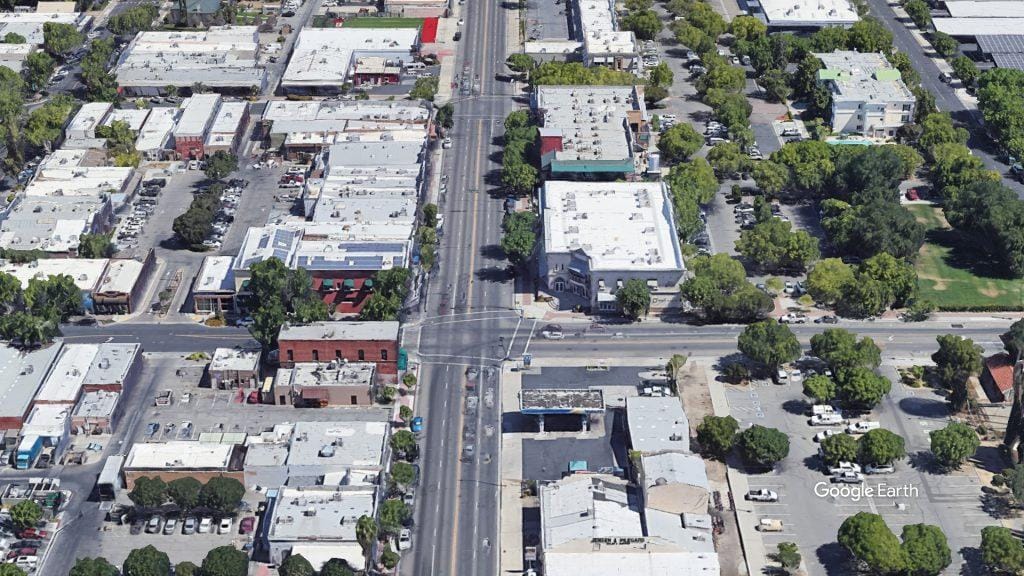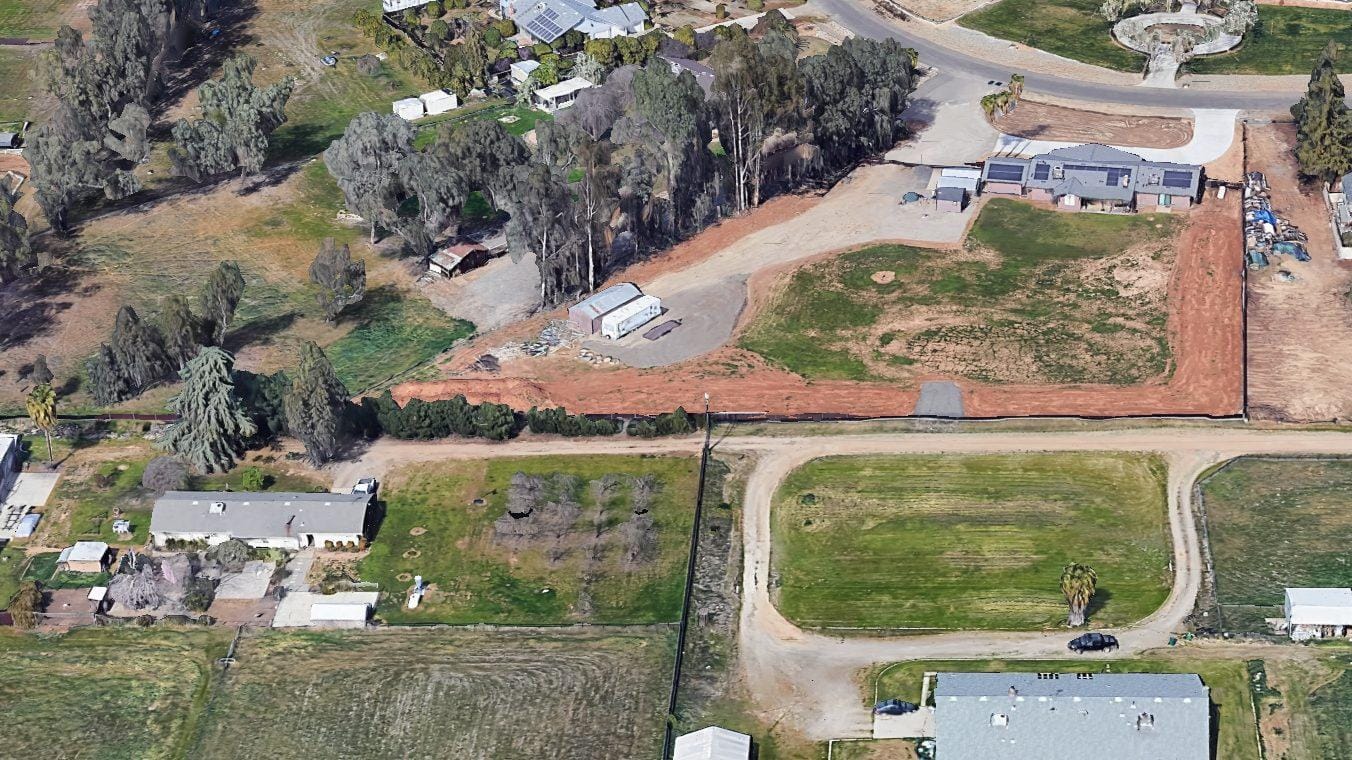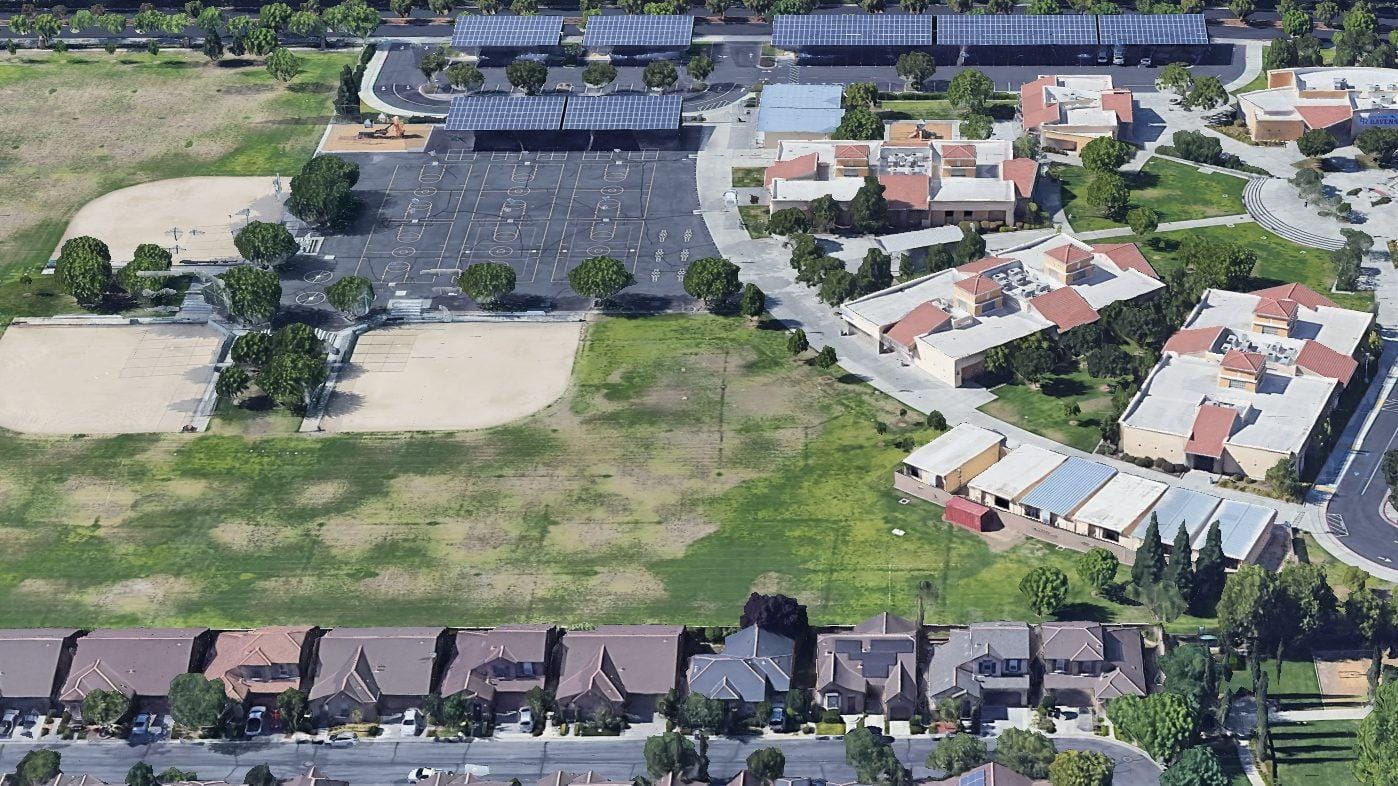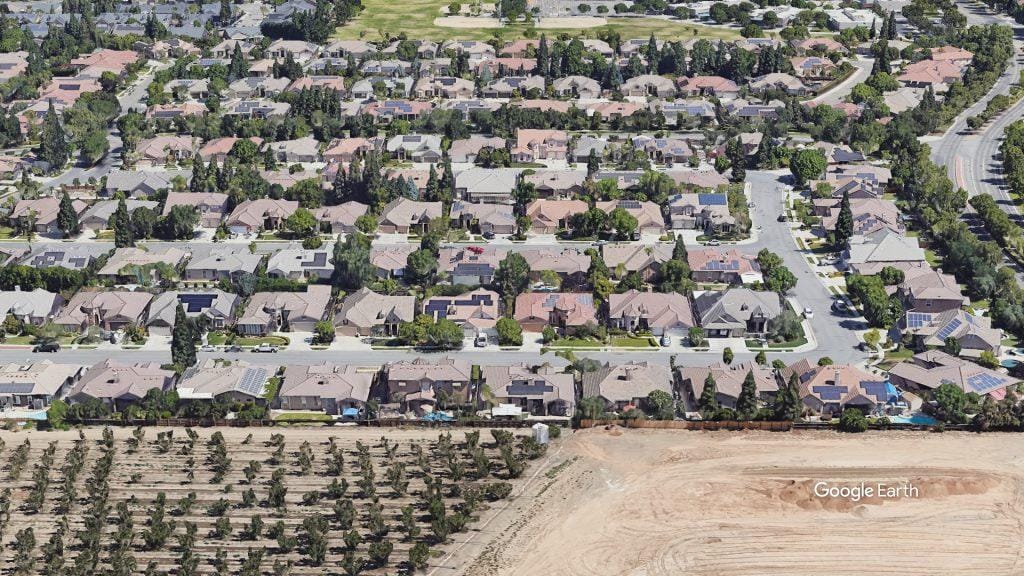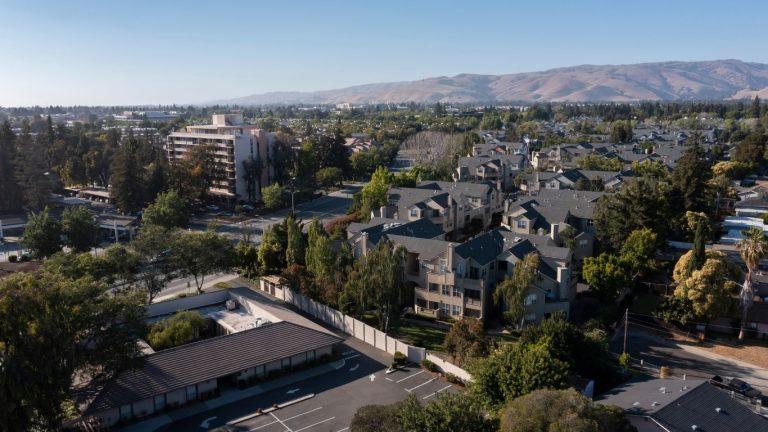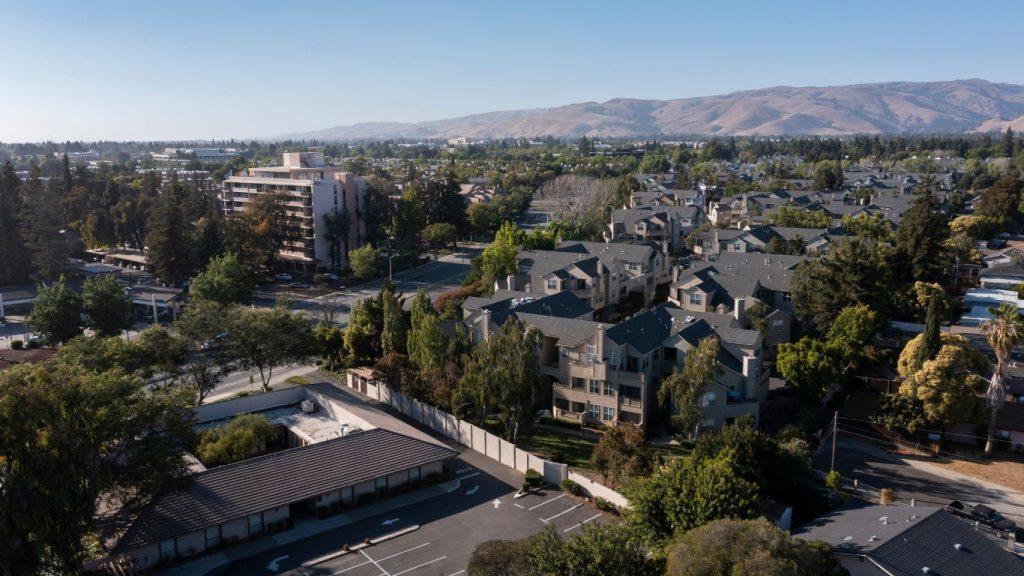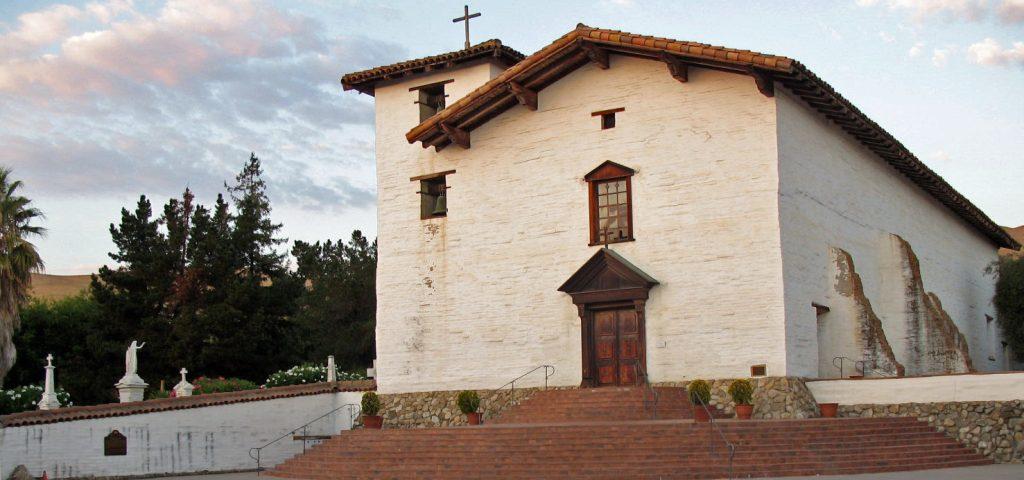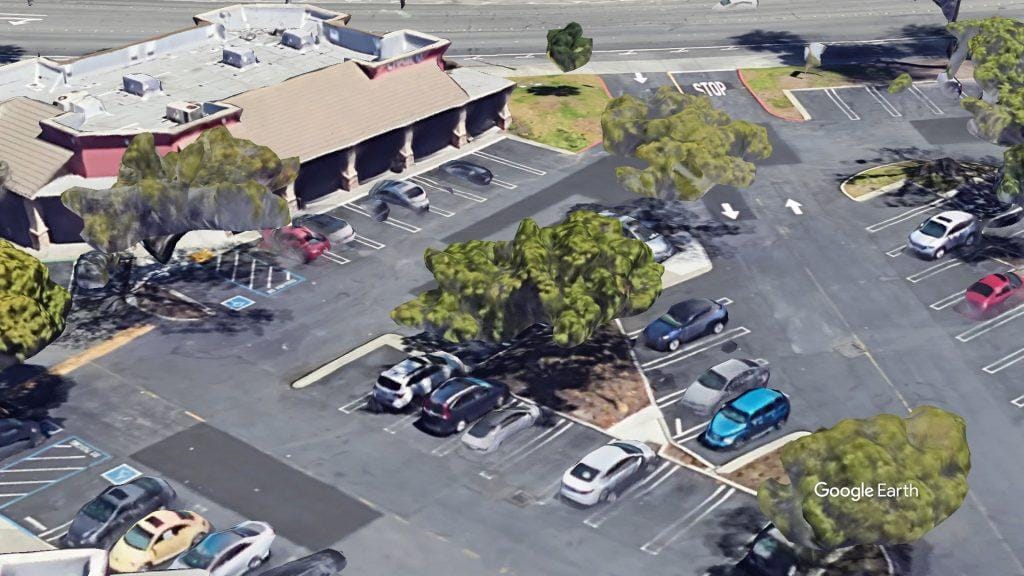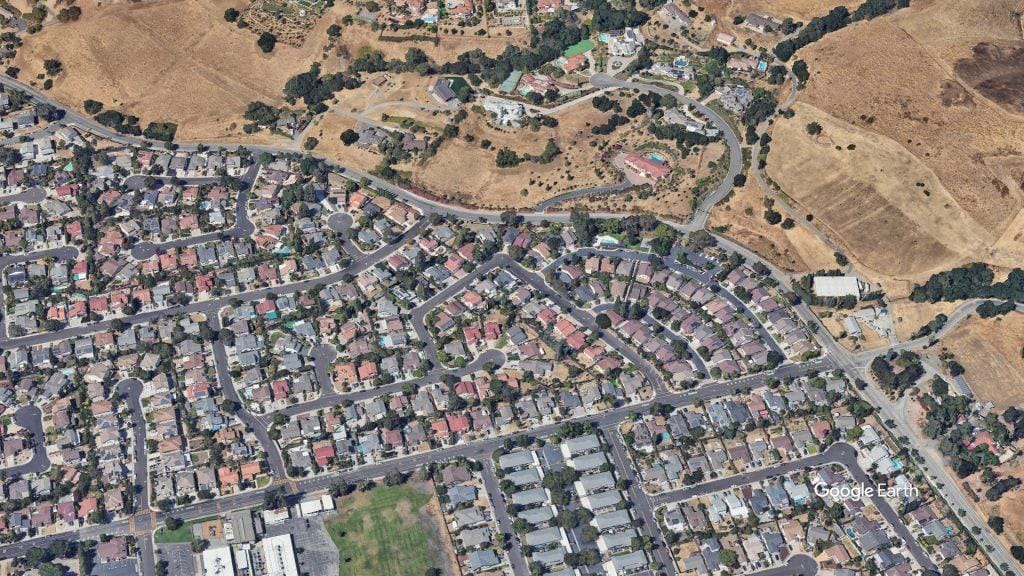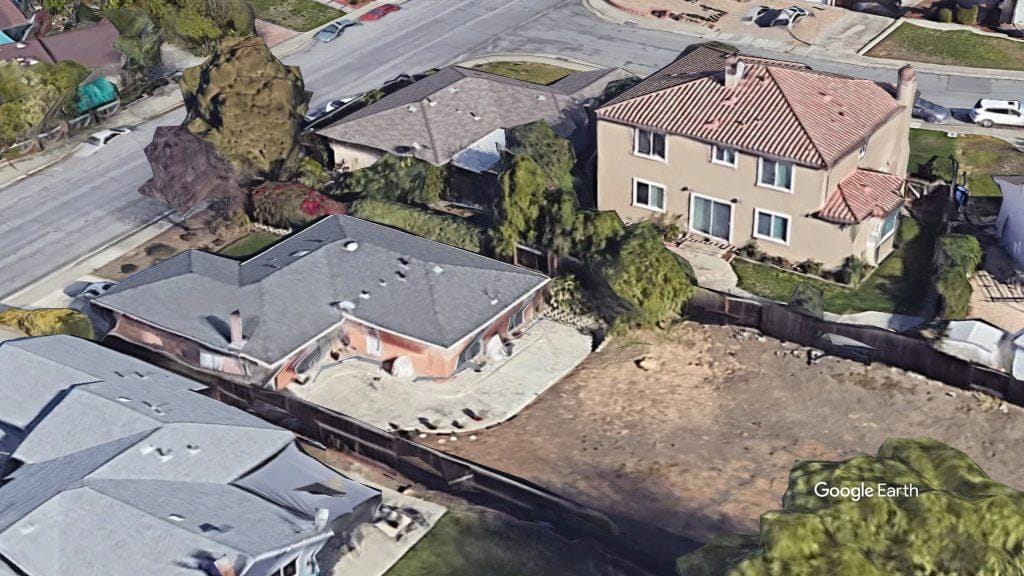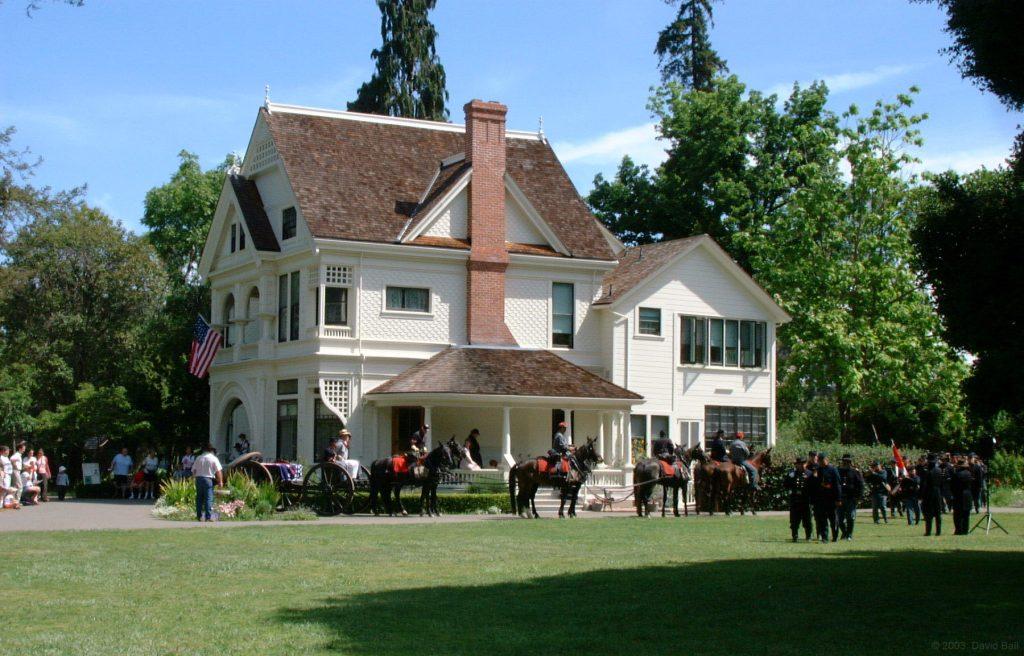Largest Cities to Live in California

Welcome to the Golden State, where the sun kisses the coastline, the mountains whisper tales of adventure, and the cities pulse with life. California, famed for its diversity and dynamism, is home to some of the largest and most vibrant cities in the United States. From the glitz and glamour of Los Angeles to the laid-back coastal vibes of Long Beach, and from the cultural richness of Oakland to the family-friendly charm of Fresno and Anaheim, California’s largest cities offer a tapestry of experiences waiting to be explored.
In this article, we’ll take a closer look at what it’s like to live in these bustling urban centers, diving into the pros and cons, exploring their unique neighborhoods, and uncovering the hidden gems that make each city shine. Whether you’re dreaming of palm-lined boulevards, sandy beaches, or towering redwoods, there’s a corner of California calling your name. So, let’s embark on a journey through the largest cities in the Golden State and discover what makes each one a place to call home.
Overview of California’s Largest Cities
California’s largest cities are not only known for their size but also for their cultural significance, economic prowess, and diverse populations. From the iconic Hollywood Hills to the vibrant neighborhoods of Oakland, these cities offer a myriad of opportunities for residents in terms of employment, education, and recreation.
1. Los Angeles
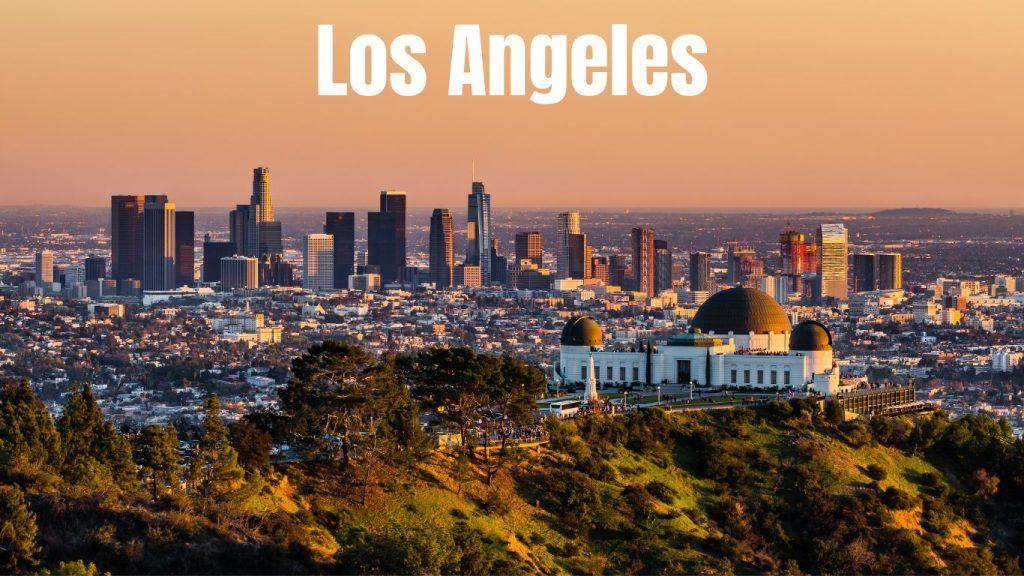
Los Angeles, often referred to as the “City of Angels,” is the epitome of California’s urban lifestyle. With a population of millions of people, Los Angeles is the second-most populous city in the United States, known for its entertainment industry, diverse neighborhoods, and year-round sunshine. Demographics are mentioned below
- Population: Approximately 3.8 million
- Median Home Value: $1.2M
- Median Household Income: $82,516
Pros of living in Los Angeles
- Los Angeles offers a plethora of job opportunities, particularly in the entertainment, tech, and healthcare sectors, making it an attractive destination for professionals.
- With its vibrant neighborhoods and melting pot of cultures, Los Angeles boasts a diverse culinary scene, world-class museums, and a thriving arts and music scene.
- Enjoy mild temperatures and sunny skies year-round, perfect for outdoor activities and soaking up the California lifestyle.
Cons of living in Los Angeles
- Los Angeles is notorious for its high cost of living, with steep housing prices, expensive dining options, and pricey entertainment.
- The city’s sprawling layout and heavy traffic can lead to long commutes and frustrating congestion on the roads.
- Despite efforts to improve air quality, Los Angeles still grapples with smog and pollution, particularly in the summer months.
Parks, Schools and Amenities
Los Angeles boasts numerous parks and green spaces, including Griffith Park, Runyon Canyon Park, and Exposition Park, providing residents with ample opportunities for outdoor recreation.
Notable educational institutions include the University of California, Los Angeles (UCLA), and the University of Southern California (USC), renowned for their academic excellence and research opportunities.
From exploring the iconic Hollywood Walk of Fame to enjoying a day at Disneyland, there’s no shortage of activities to suit every interest in Los Angeles.
Fun Fact about largest ca cities
Did you know that Los Angeles is home to the Hollywood Sign, an iconic symbol of the entertainment industry, originally erected in 1923?
To get more information about Los Angeles and its neighborhoods, visit the link below
Best Places to Live in Los Angeles
2. Long Beach
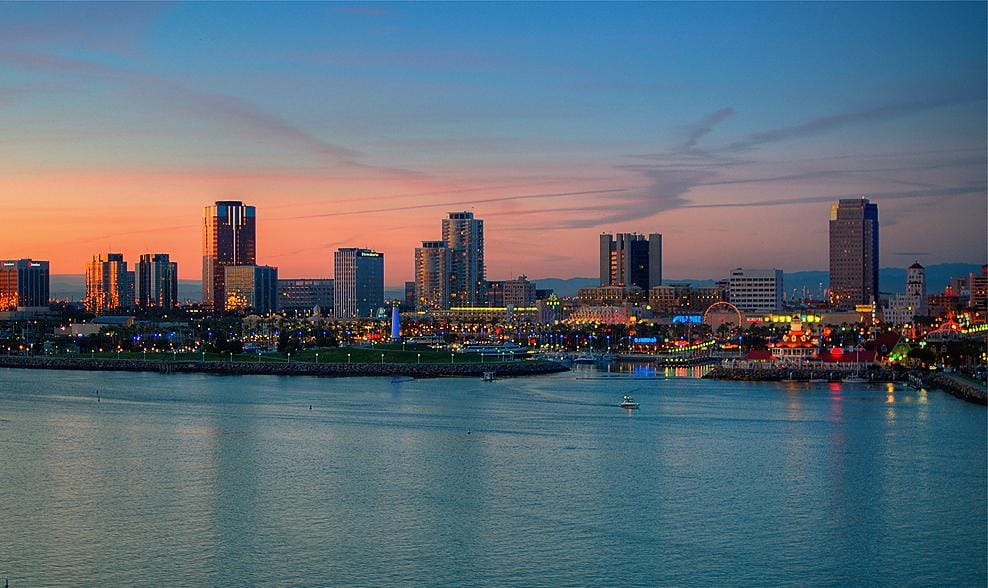
It is also known as A Coastal Gem. Located along the shores of the Pacific Ocean, Long Beach is a vibrant coastal city known for its eclectic neighborhoods, beautiful beaches, and thriving arts scene. With its diverse population and thriving economy, Long Beach offers a unique blend of urban excitement and beachside tranquility. Demographics are mentioned below
- Population: Approximately 445,253
- Median Home Value: $770,000
- Median Household Income: $80,500
Pros of living in Long Beach:
- Long Beach offers a relaxed coastal lifestyle with beautiful beaches, waterfront parks, and a thriving maritime community.
- With its diverse population, Long Beach boasts a rich tapestry of cultures, reflected in its culinary offerings, festivals, and arts scene.
- Long Beach has a strong sense of community, with tight-knit neighborhoods, local events, and opportunities for civic engagement.
Cons of living in Long Beach
- Long Beach has high housing costs, especially in desirable coastal neighborhoods.
- Despite its smaller size compared to neighboring Los Angeles, Long Beach still experiences traffic congestion, particularly during rush hours and peak tourist seasons.
- Being situated along the coast, Long Beach is susceptible to natural disasters such as hurricanes, floods, and earthquakes.
Parks, Schools and Amenities
Long Beach is home to several parks and recreational areas, including El Dorado Park and Rainbow Lagoon Park, offering residents plenty of opportunities for outdoor activities such as picnicking, biking, and boating.
Notable educational institutions include California State University, Long Beach (CSULB), known for its excellent academic programs and diverse student body.
From exploring the historic Queen Mary ocean liner to strolling along the vibrant Belmont Shore shopping district, Long Beach offers a wealth of cultural and recreational activities for residents and visitors alike.
Fun Fact about largest ca cities
Did you know that Long Beach is home to the Aquarium of the Pacific, one of the largest aquariums in the United States, showcasing marine life from the Pacific Ocean and beyond?
To get more information about Long Beach and its neighborhoods, visit the link below
Best Places to Live in Long Beach
3. Fresno
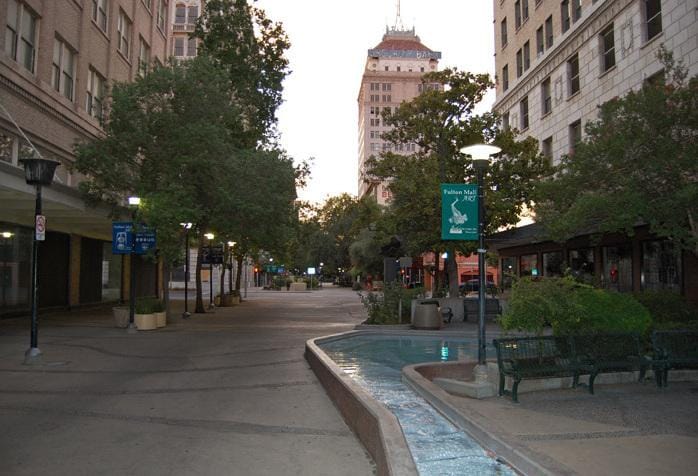
Nestled in the heart of California’s Central Valley, Fresno is a thriving metropolitan city known for its agricultural heritage, diverse population, and affordable housing options. With its sunny climate and proximity to national parks, Fresno offers residents the perfect balance of urban amenities and outdoor adventures. Demographics are mentioned below
- Population: Approximately 549,000
- Median Home Value: $365,000
- Median Household Income: $64,000
Pros of living in Fresno
- Fresno boasts a more affordable housing market compared to coastal cities like Los Angeles and San Francisco, making it an attractive option for first-time homebuyers.
- With its proximity to national parks like Yosemite and Sequoia, Fresno offers residents ample opportunities for hiking, camping, and exploring the great outdoors.
- Fresno has a tight-knit community feel, with local events, farmers markets, and cultural festivals that bring residents together.
Cons of living in Fresno
- Fresno struggles with air pollution due to its agricultural activities and geographic location, leading to health concerns, particularly for those with respiratory issues.
- While Fresno has a growing economy, job opportunities may be more limited compared to larger metropolitan areas like Los Angeles and San Francisco.
- Fresno experiences hot summers and cool winters, with temperatures often soaring above 100°F in the summer months, making it necessary to stay indoors or find ways to beat the heat.
Parks, Schools and Amenities
Fresno boasts several parks and outdoor recreational areas, including Woodward Park and Shinzen Friendship Garden, providing residents with opportunities for hiking, biking, and picnicking.
Notable educational institutions include California State University, Fresno (Fresno State), known for its agricultural programs and research opportunities.
From exploring the vibrant Tower District to sampling fresh produce at the Fresno Farmers Market, there’s no shortage of activities to enjoy in Fresno.
Fun Fact
Did you know that Fresno is home to the Forestiere Underground Gardens, a network of subterranean tunnels and gardens built by Italian immigrant Baldassare Forestiere in the early 20th century?
To get more information about Fresno and its neighborhoods, visit the link below
Best Places to Live in Fresno
4. Anaheim
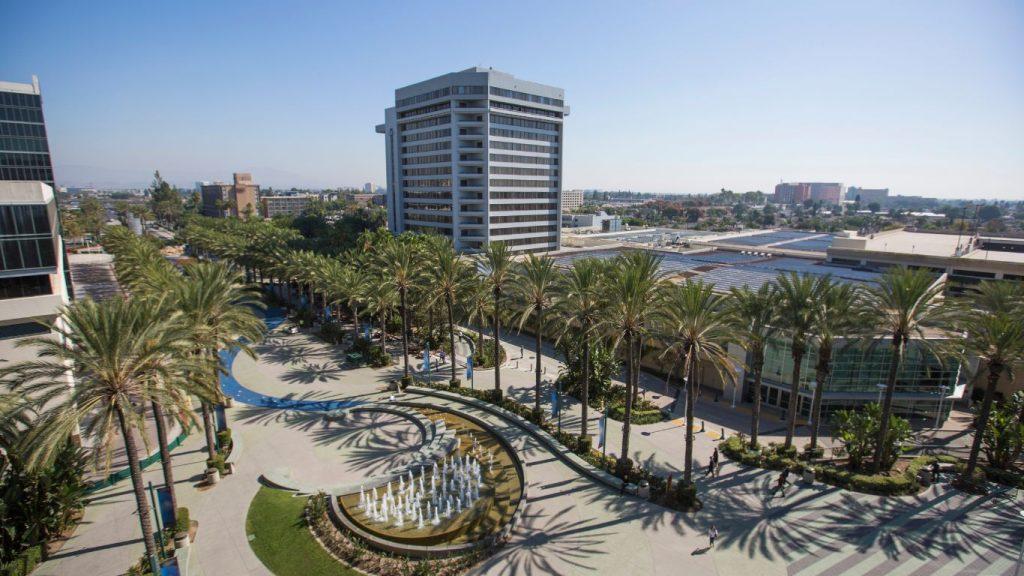
Anaheim, located in Orange County, is best known as the home of Disneyland Resort, one of the most visited theme parks in the world. Beyond its famous attractions, Anaheim offers residents a vibrant cultural scene, excellent schools, and a thriving economy fueled by tourism and entertainment. Demographics are mentioned below
- Population: Approximately 341,000
- Median Home Value: $913,000
- Median Household Income: $103,000
Pros of living in Anaheim
- Anaheim is home to one of the most visited theme parks in the world, offering endless entertainment options for residents and visitors alike.
- Anaheim boasts top-rated public schools and educational opportunities, making it an attractive destination for families with children.
- Beyond its theme parks, Anaheim offers cultural attractions such as museums, theaters, and art galleries, providing residents with enriching experiences.
Cons of living in Anaheim
- Anaheim’s proximity to Disneyland and other tourist attractions can drive up the cost of living, particularly in terms of housing prices.
- The influx of tourists, particularly during peak seasons, can lead to crowded streets, longer wait times, and increased traffic congestion.
- While efforts are being made to improve public transportation, Anaheim still relies heavily on cars, leading to traffic congestion and pollution.
Parks, Schools and Activities
Anaheim boasts several parks and recreational areas, including Pearson Park and Yorba Regional Park, providing residents with opportunities for outdoor activities such as hiking, biking, and picnicking.
Notable educational institutions include Anaheim Union High School District, known for its high graduation rates and college readiness programs.
From visiting Disneyland and Disney California Adventure to catching a game at Angel Stadium, there’s no shortage of entertainment options in Anaheim.
Fun Fact
Did you know that Anaheim was founded by German immigrants in 1857 and originally known as the German-American colony of Anaheim?
To get more information about Anaheim and its neighborhoods, visit the link below
Best Places to Live in Anaheim
5. Oakland
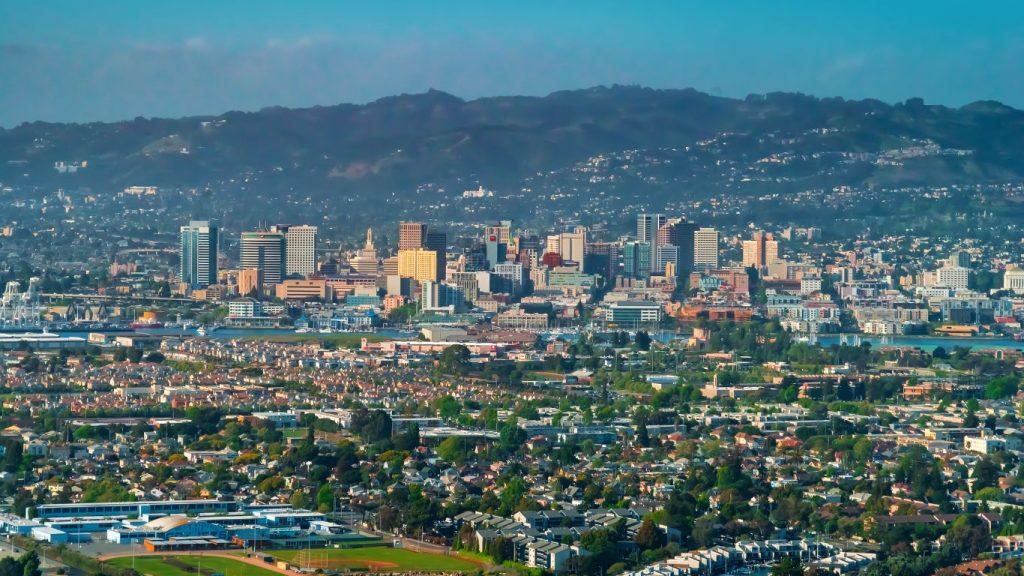
It is also known as The Cultural Hub. Oakland, located across the bay from San Francisco, is a diverse and vibrant city known for its rich history, thriving arts scene, and progressive culture. With its eclectic neighborhoods, top-rated restaurants, and stunning waterfront views, Oakland offers residents a unique blend of urban sophistication and laid-back charm. Demographics are mentioned below
- Population: Approximately 419,000
- Median Home Value: $748,000
- Median Household Income: $65,000
Pros of living in Oakland
- Oakland is known for its rich cultural tapestry, with diverse neighborhoods, ethnic enclaves, and a vibrant arts and music scene.
- Oakland offers residents easy access to outdoor recreation, with parks, hiking trails, and waterfront areas providing opportunities for adventure and relaxation.
- Located just across the bay from San Francisco, Oakland offers a more affordable alternative with easy access to the amenities and job opportunities of the larger city.
Cons of living in Oakland
- Oakland has a high cost of living, particularly in terms of housing prices and rental rates.
- It has higher crime rates compared to other cities in the Bay Area, particularly in certain neighborhoods, leading to safety concerns among residents.
- The rapid gentrification of certain neighborhoods has led to displacement and affordability issues for long-time residents, sparking debates about the city’s future development.
Parks, Schools and Amenities
Oakland boasts several parks and recreational areas, including Lake Merritt and Redwood Regional Park, providing residents with opportunities for outdoor activities such as hiking, picnicking, and birdwatching.
Notable educational institutions include Mills College and the University of California, Berkeley, known for their academic excellence and research opportunities.
From exploring the vibrant street art scene in downtown Oakland to hiking in the nearby redwood forests, there’s no shortage of activities to enjoy in Oakland.
Fun Fact
Did you know that Oakland is home to the nation’s oldest wildlife refuge, the Martin Luther King Jr. Shoreline, established in 1870 to protect migratory birds along the San Francisco Bay?
To get more information about Oakland and its neighborhoods, visit the link below
Best Places to Live in Oakland California
Conclusion
In conclusion, California’s largest cities offer a diverse array of living options, each with its own unique charm, amenities, and opportunities. Whether you’re drawn to the glitz and glamour of Los Angeles, the coastal beauty of Long Beach, the cultural richness of Oakland, or the family-friendly atmosphere of Fresno and Anaheim, there’s a city in California to suit every lifestyle and preference.
FAQs
What is the cost of living like in California’s largest cities?
The cost of living varies depending on the city, with coastal cities like Los Angeles and Long Beach typically having higher housing costs compared to inland cities like Fresno and Oakland.
Are there job opportunities available in California’s largest cities?
Yes, California’s largest cities offer a diverse range of job opportunities in various sectors, including entertainment, technology, healthcare, and education.
What are the schools like in California’s largest cities?
California’s largest cities are home to numerous public and private schools, as well as colleges and universities, offering residents access to quality education at all levels.
What are some popular attractions in California’s largest cities?
Popular attractions vary depending on the city but may include theme parks, museums, theaters, sports stadiums, and outdoor recreational areas.
What is the climate like in California’s largest cities?
The climate varies depending on the location, with coastal cities like Los Angeles and Long Beach experiencing mild temperatures year-round, while inland cities like Fresno and Oakland may have hotter summers and cooler winters.
what city has the highest population in california?
The city with the highest population in California is Los Angeles.


